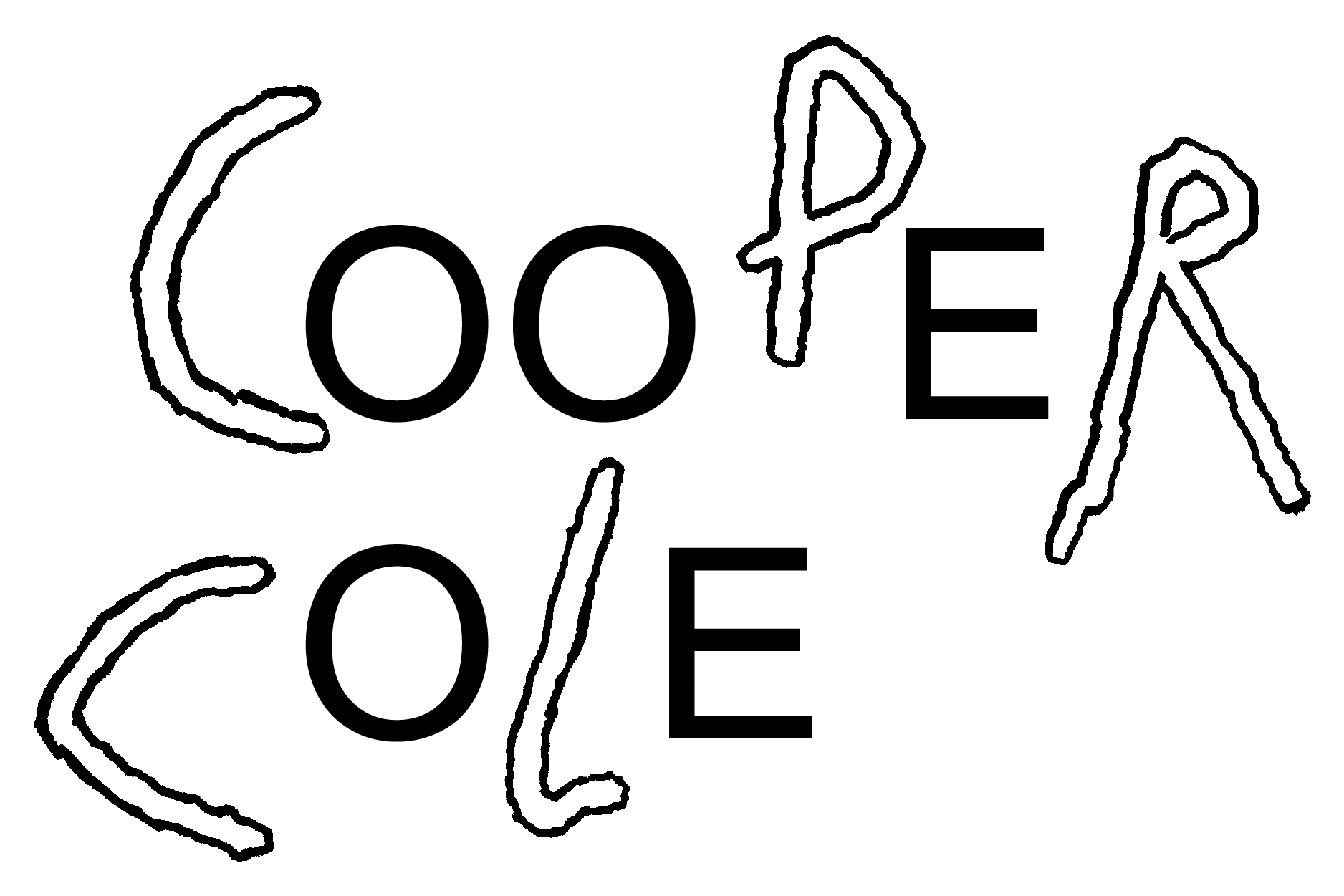


COOPER COLE is pleased to present Beautiful Zameen, a solo exhibition of the work of Jagdeep Raina. This is the artist’s second exhibition at the gallery and spans both our east and west locations.
Beautiful Zameen is a series of works that explores the Green Revolution in Punjab. The Green Revolution—a U.S. sponsored agricultural framework based on high-yield seed varieties, intensive irrigation and drainage, and chemical fertilizers and pesticides—was implemented in the 1960s and has since damaged the landscape in Punjab by causing declining water tables, widespread soil erosion, low forest cover, and an epidemic of farmer suicides. Extending from that, global corporate involvement in agriculture, and neoliberal policies in India has led to India’s rapid increase in consumption, leading to further exploitation of natural resources.
The material history of South Asia is a central tenet of Raina’s practice. Many of his works possess a geometric border called a Phulkari, which is a traditional form of weaving on muslin cloth using hand-dyed and organic materials invented in Punjabi villages. The inclusion of the Phulkari in Raina’s work is significant, as following the fall of the Empire, the relinquishing of control over India by the British and the violent upheaval of the Partition, there was a mass disappearance and heavy destruction of many Phulkari pieces in Punjab. Globalization, the breakdown of Punjabi villages and workplace exploitation of Punjabi women has led to difficulties in the Phulkari’s renewal as a collective and collaborative form of art.
The drawings and embroidery in Beautiful Zameen—which means beautiful land— have emerged from Raina’s archival research, including a collaborative study of the playwright Satinder Chohan’s photography of the Green Revolution. Raina’s works depict farmers, agricultural land, and hands that hold crops and photographs, fusing his research with an ancestral material practice. He treats his subjects with care and commemoration, drawing attention to the everyday lived experiences and losses related to the Green Revolution, which was also the catalyst to an exodus of migrants to North America and the UK. Raina also explores material history through his films, which include video footage, stop motion animation, poetry, and music to position this textile within the Phulkari’s broader history.
Jagdeep Raina (b. 1991, Guelph, Ontario, Canada) has an interdisciplinary practice that spans drawing, textiles, writing, and, more recently, video animation, film and ceramics. Raina is currently a Fellow at the Core Program, Museum of Fine Arts Houston, and was previously held a MacDowell Fellowship, was a Paul Mellon Fellow at Yale University, a recipient of the 2020 Sobey Art Award, and a resident at the Skowhegan School of Painting and Sculpture. He received his BFA from Western University in 2013, his MFA from the Rhode Island School of Design in 2016. He has exhibited internationally at Blaffer Art Museum, Houston (2021); Jhaveri Contemporary, Mumbai (2021); Museum of Contemporary Art, Toronto (2021); Textile Museum, Toronto (2021); Soft Opening, London (2020); (Midway Contemporary, Minneapolis (2019); Art Gallery of Guelph, Guelph (2019); Cooper Cole, Toronto (2019); Art Gallery of Alberta, Edmonton (2018); Rubin Museum of Art, New York (2018); RISD Museum of Art, Providence (2017); Humber Galleries, Toronto (2017); Provincetown Art Association and Museum, Provincetown (2017); Camden Arts Centre, London (2016); and Modern Fuel Artist Run Centre, Kingston (2016). Raina lives and works in Houston, Texas, USA.
The following text written by Hasabie Kidanu accompanies the exhibition:
Dear Jag,
Sometimes I feel far from the generations of hands, picking, spinning, dyeing, embroidering. I would like to lay my hands on theirs, and trace the collaboration of countless minds-eyes-fingers that measure, push, tug, and knot. Each seedling, bird, cloud, field you make, draws my hand toward it.
But though I can’t touch, I can see that embroidery is a good teacher. Small slow gestures become worlds that are first premeditated. One can say they are worlds desired then made. This sort of making was developed next to seasons and rhythms unchanged for generations. Machines and their logics of efficiency and speed have worked against the environment and the relations that were of those other worlds.
Your tapestries, like us, people who work anachronistically, endure despite an uncertain future. We look toward the past, not for nostalgia but because we ask what it means to make now as was made before. We know it’s not the same, we want the difference. Maybe it’s a way of closing in the distance. By making the past a present material, we can take the true and sacred, discard the rest.
These works are beautiful to me because they express the ongoing desire for a world made gently over many months and years, by caring hands, old and new. I am with you in the struggle to keep my hands moving, making a world we deserve.
Has
Hasabie Kidanu (b. 1990) is a visual artist working in printmaking and film animation. She received her MFA at the Yale School of Art in 2017. Her films have been screened at the Rotterdam International Film Festival, Elizabeth Foundation for the Arts, Jan Van Eyck Akademie, and Film Madrid. Hasabie is the recipient of the Jerome Hill Artist Grant 2019-2021. She has been a member of the Blackburn Printmaking Studio in New York since 2014. She was most recently a filmmaking instructor at the Yale School of Art Summer Program and Addis Ababa University, Ethiopia. Hasabie is one fourth of Digital Ancestors, an independent publishing co-operative based in Brooklyn, New York.
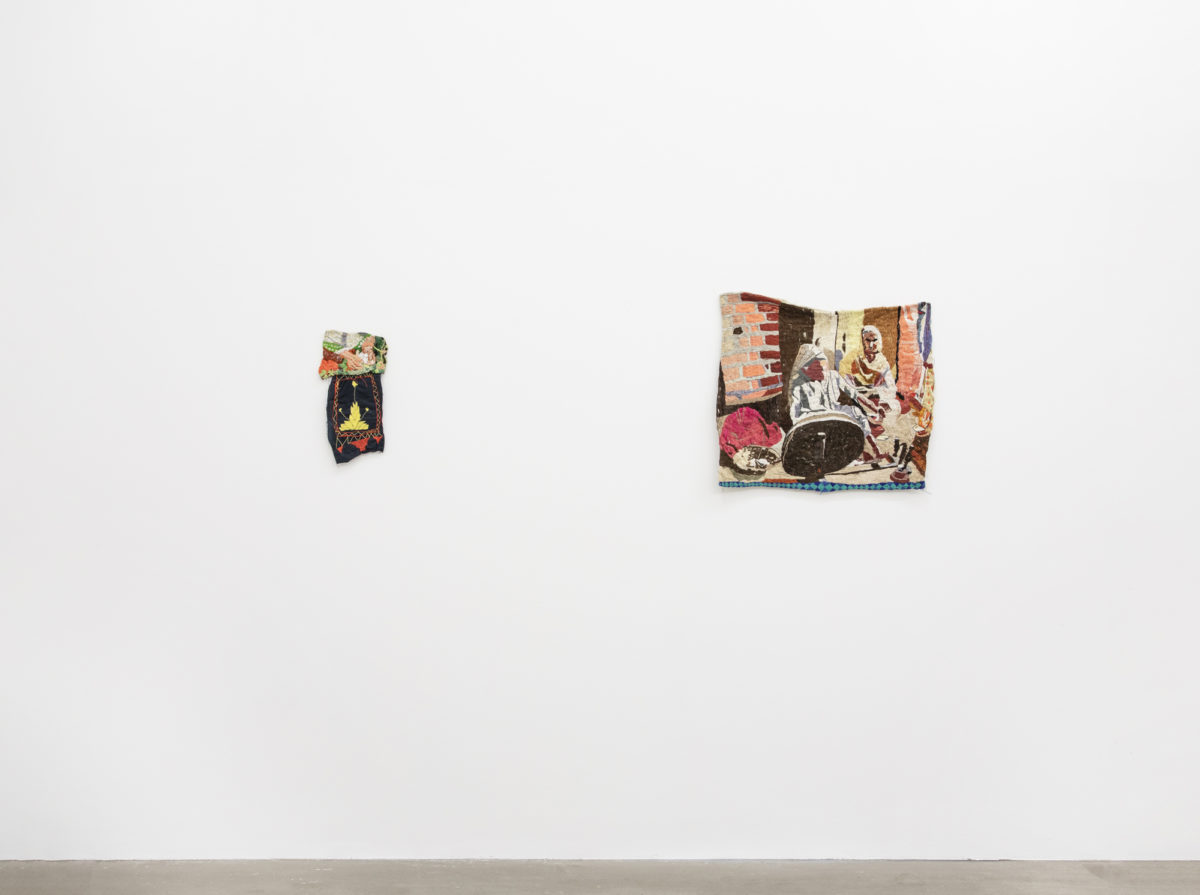

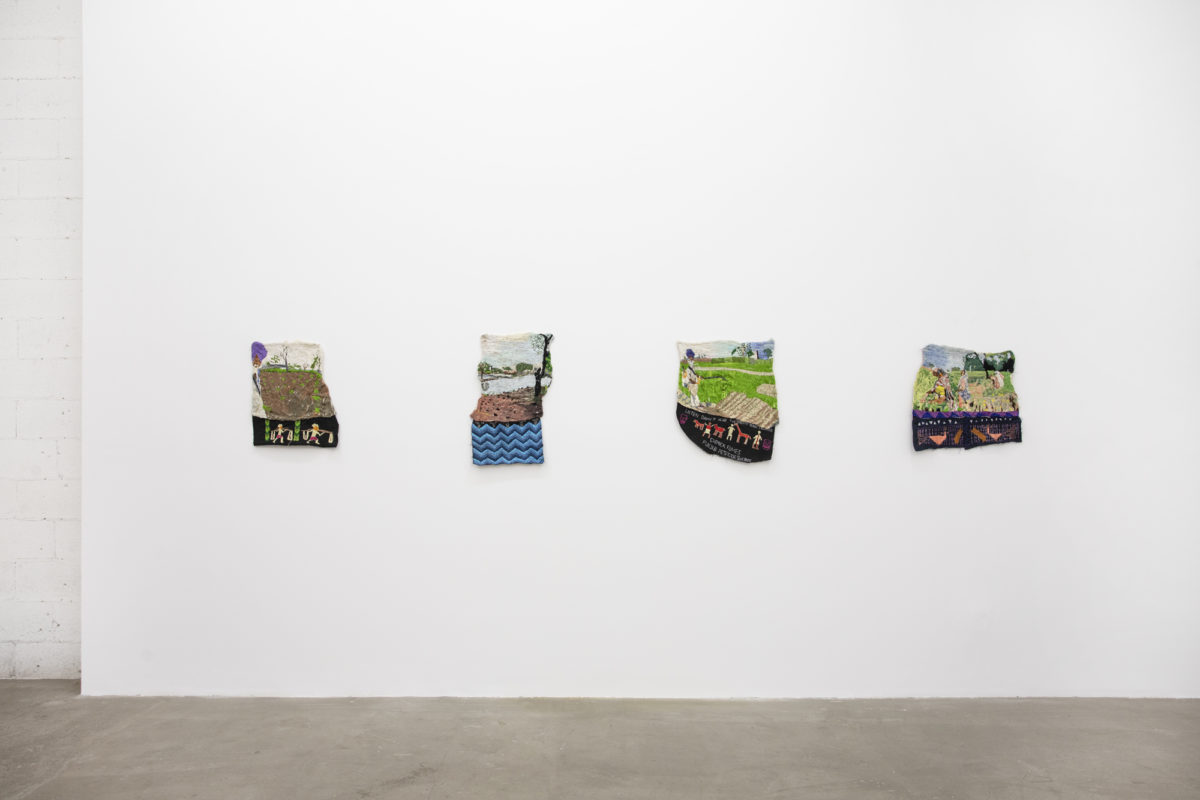
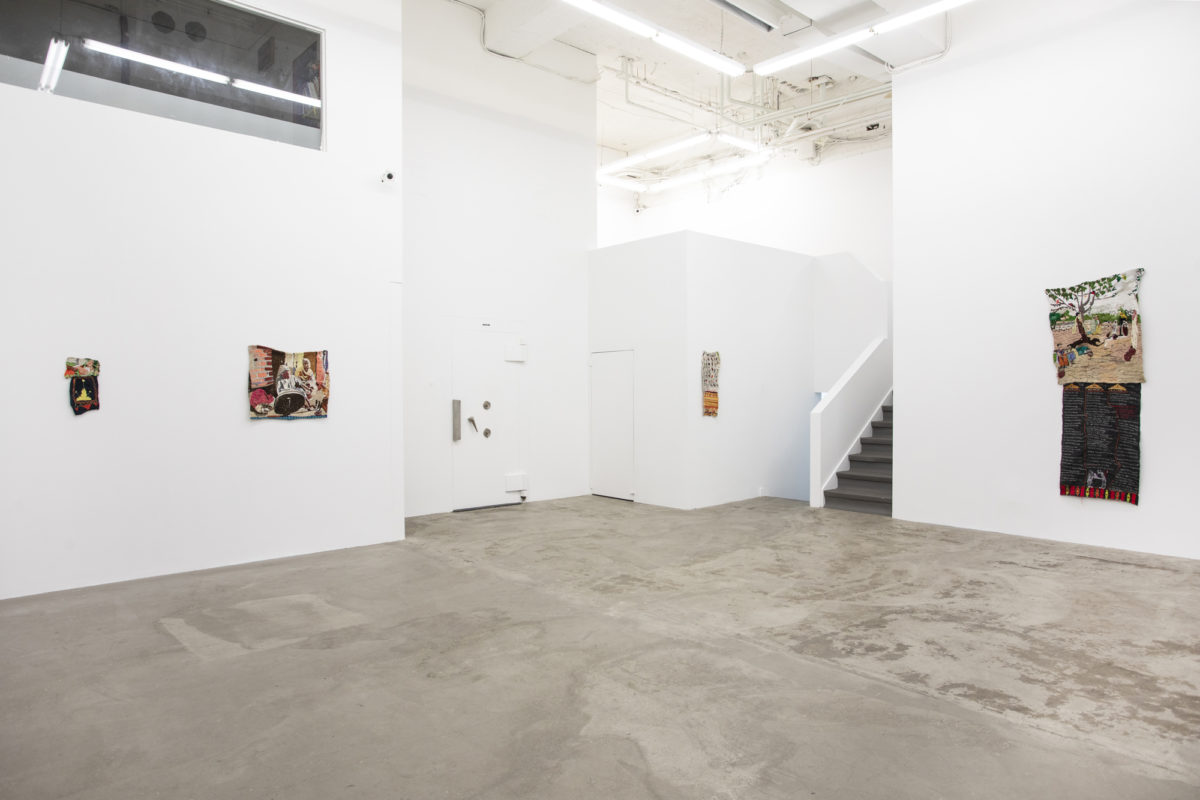
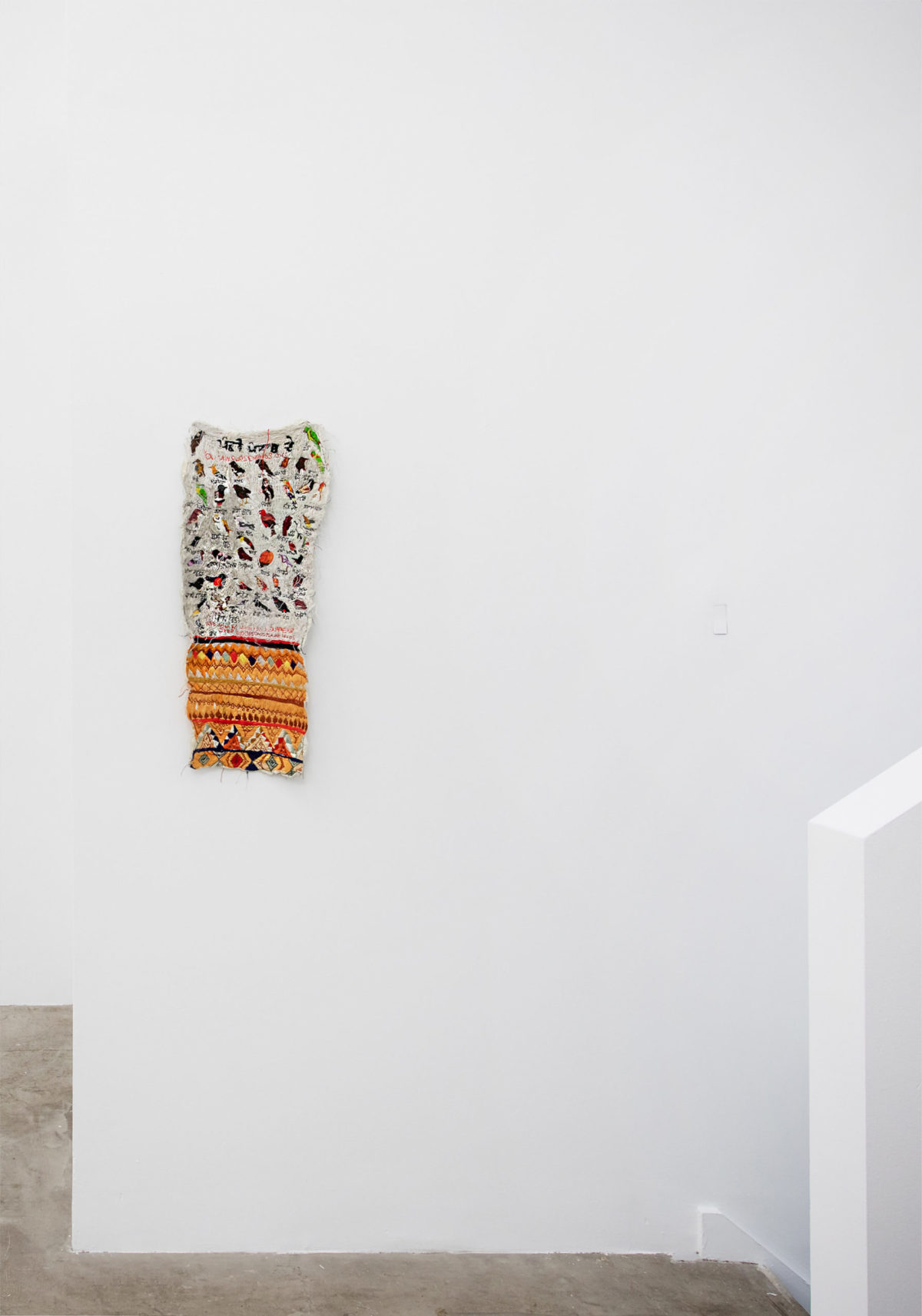
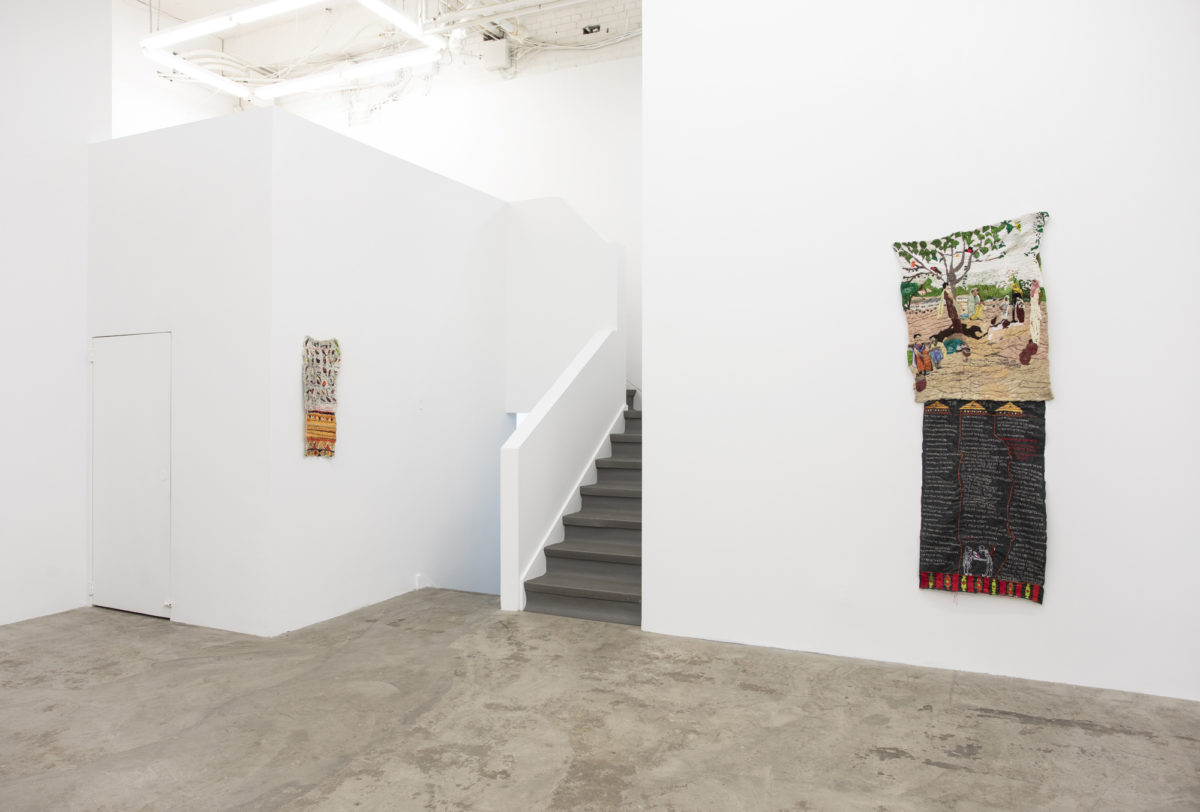
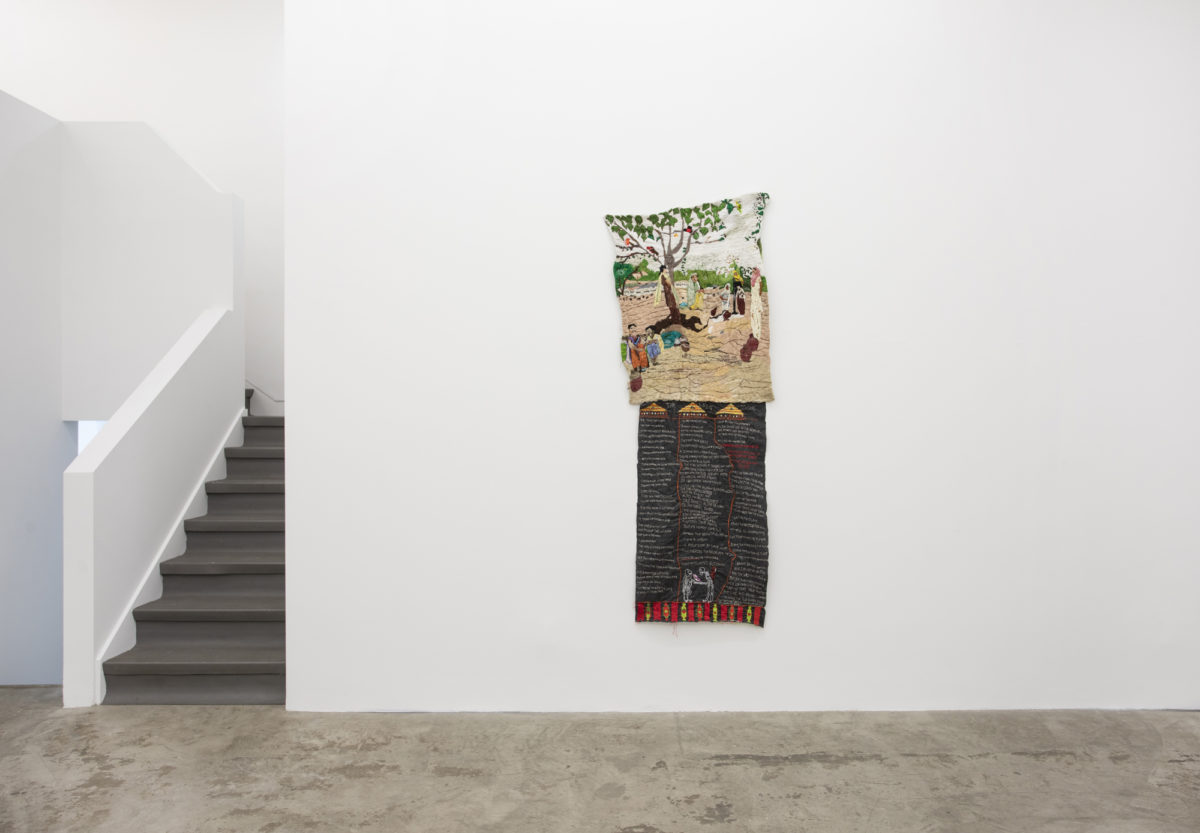
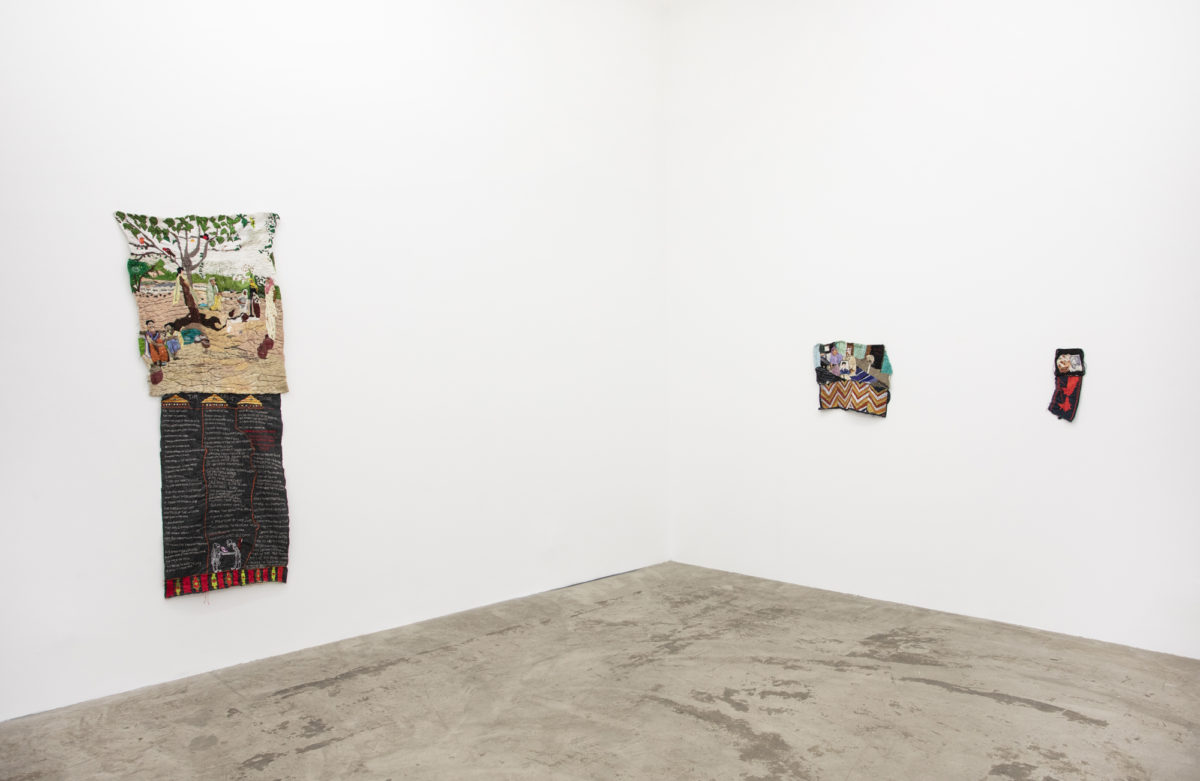
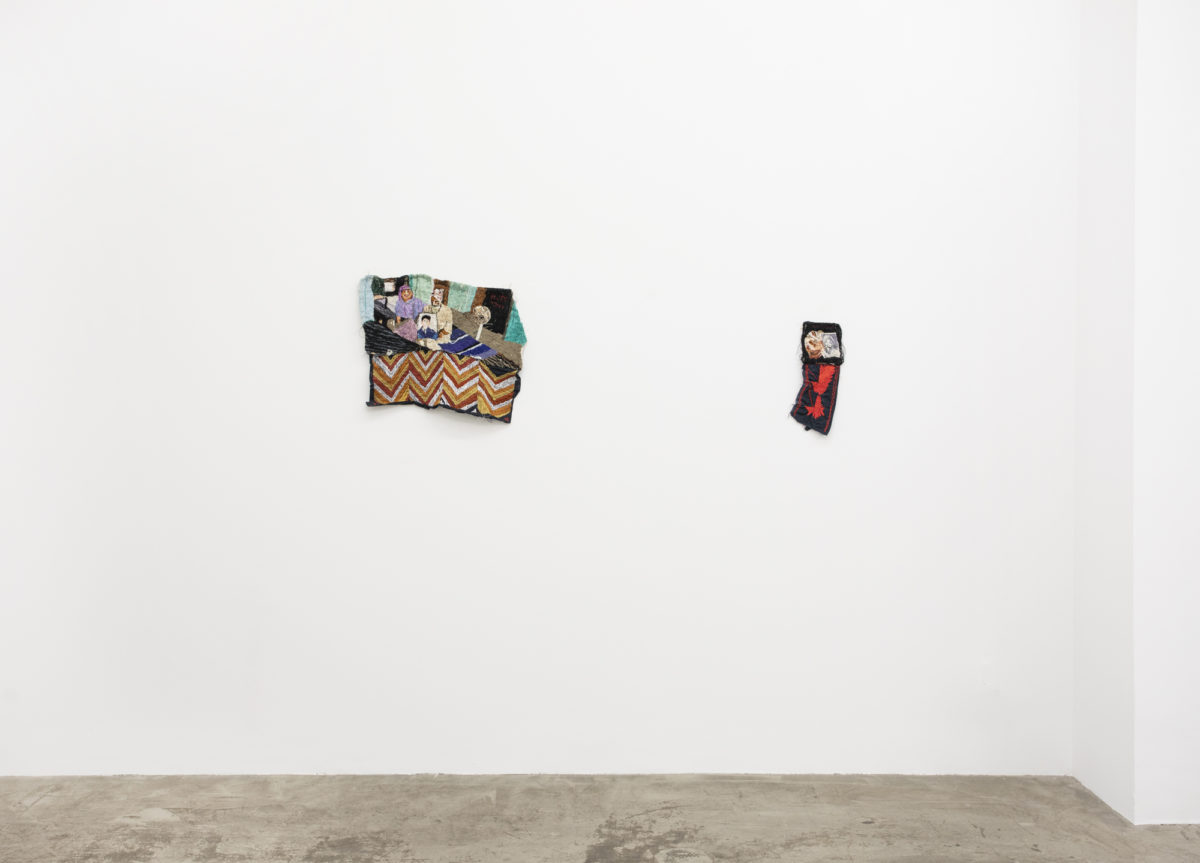
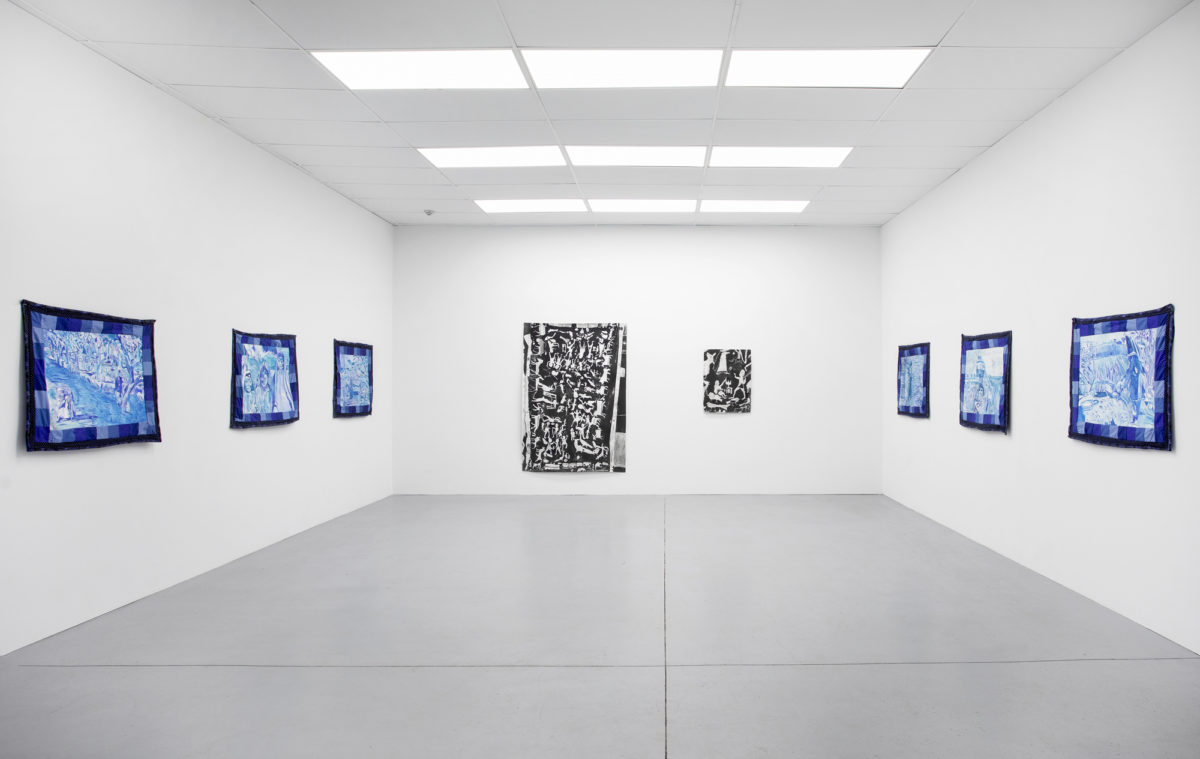
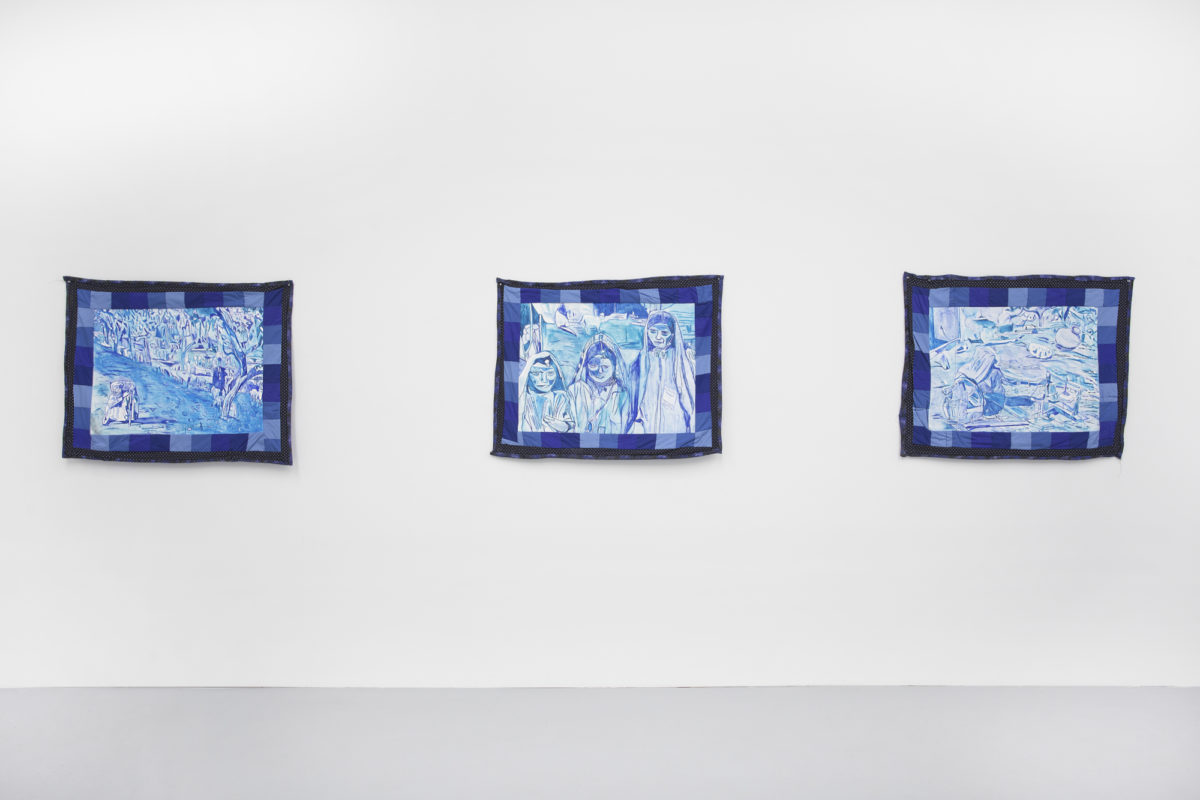
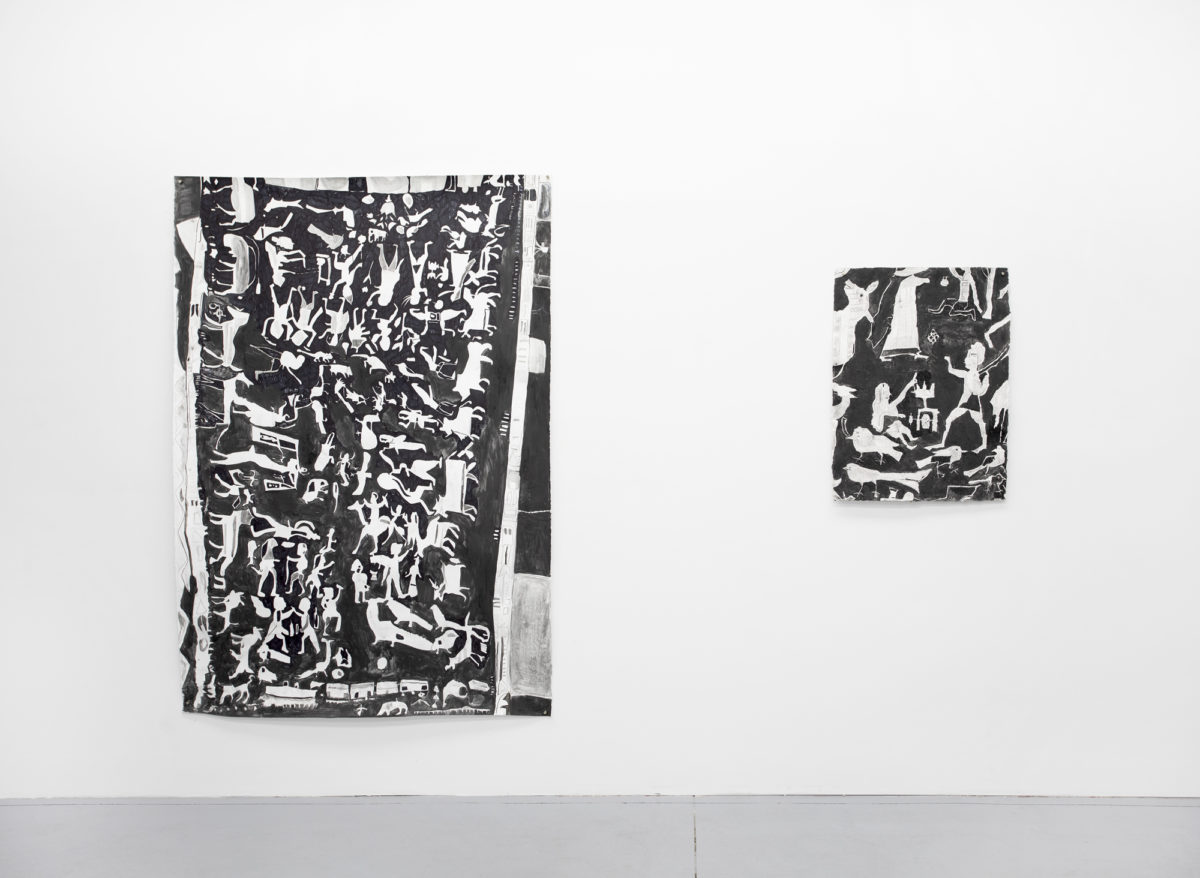
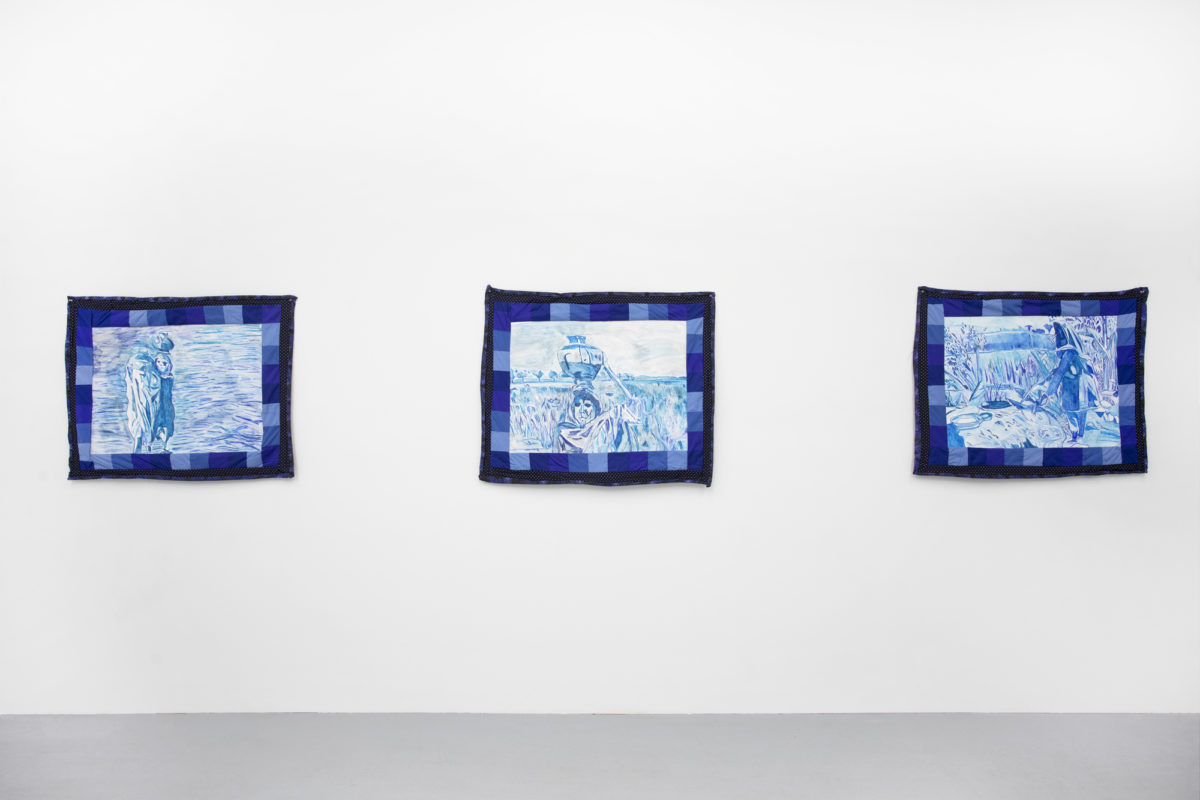
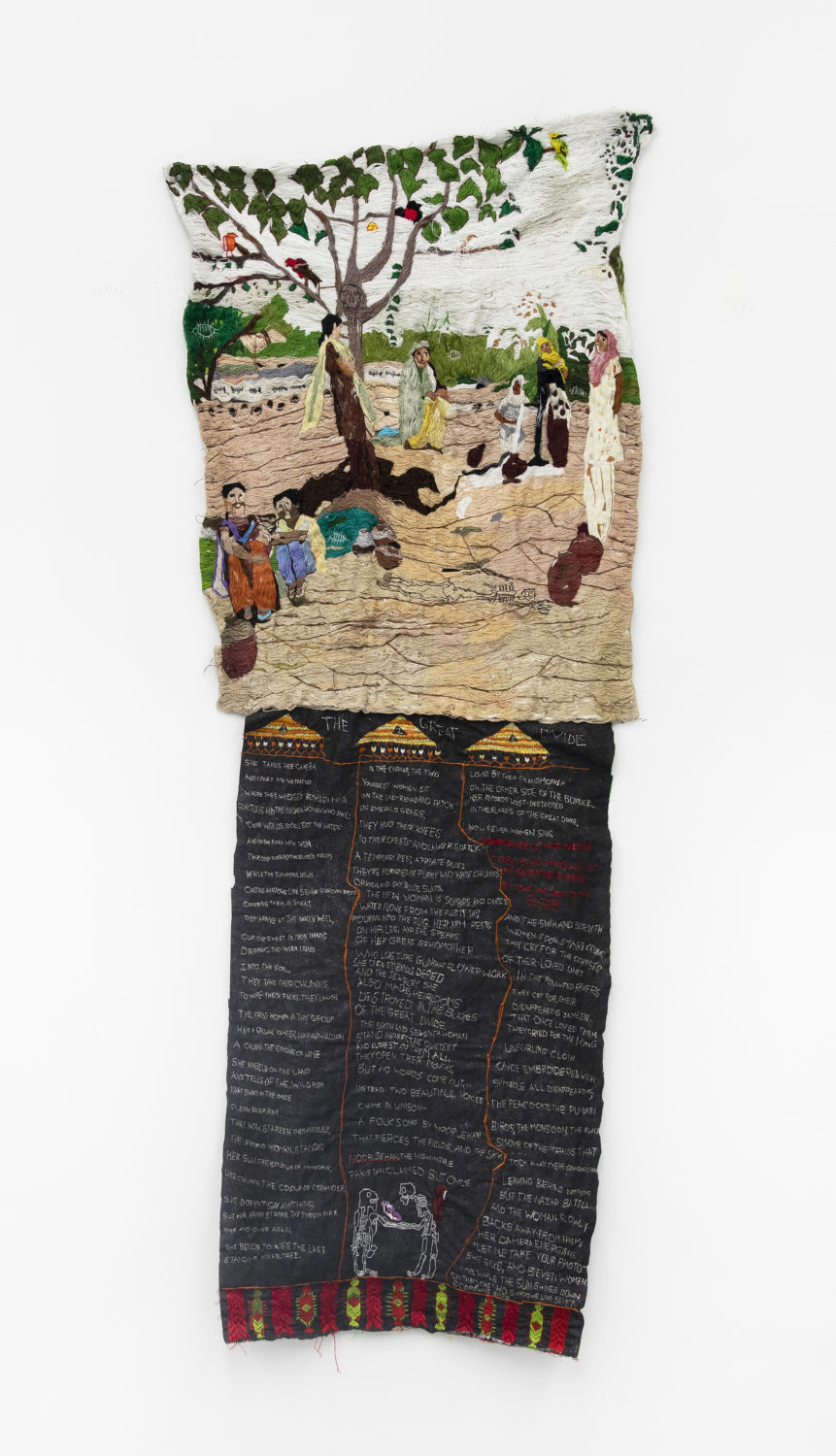
Jagdeep Raina
The Great Divide
Jagdeep Raina – The Great Divide, 2022
Embroidered tapestry, phulkari border
J.R0149

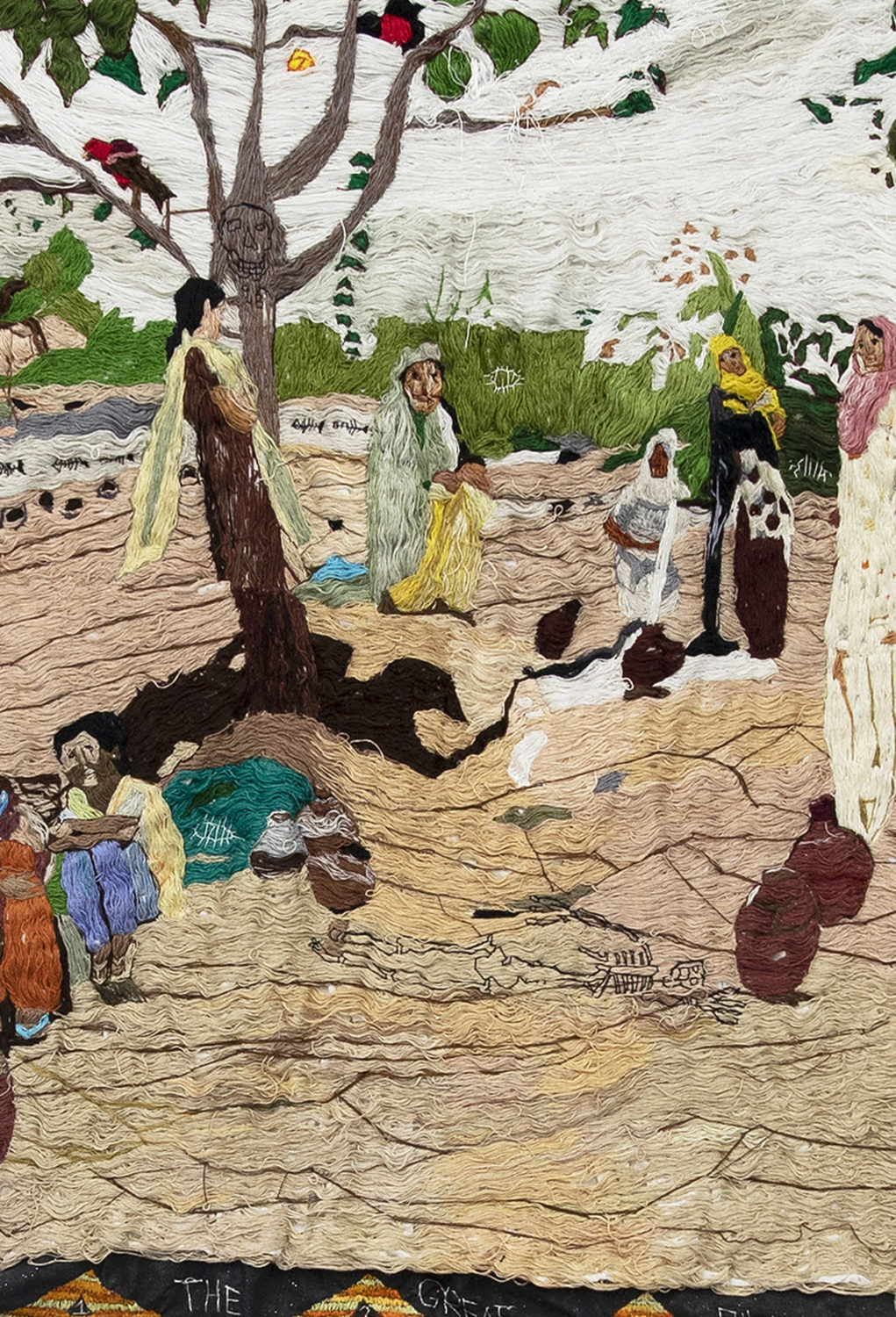
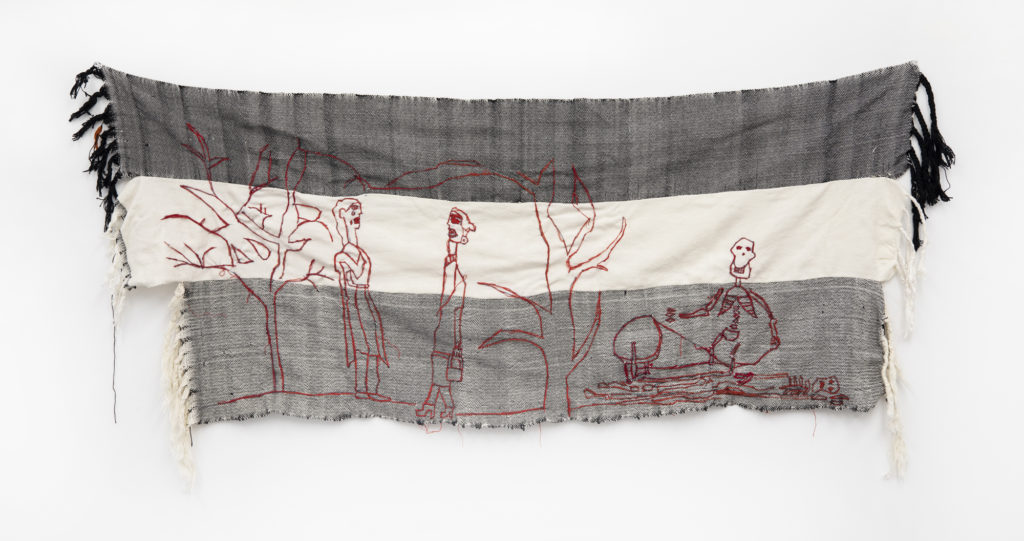
Jagdeep Raina
Charkha
Jagdeep Raina – Charkha, 2022
Hand Embroidered, 3 panel cotton and silk shall
J.R0256

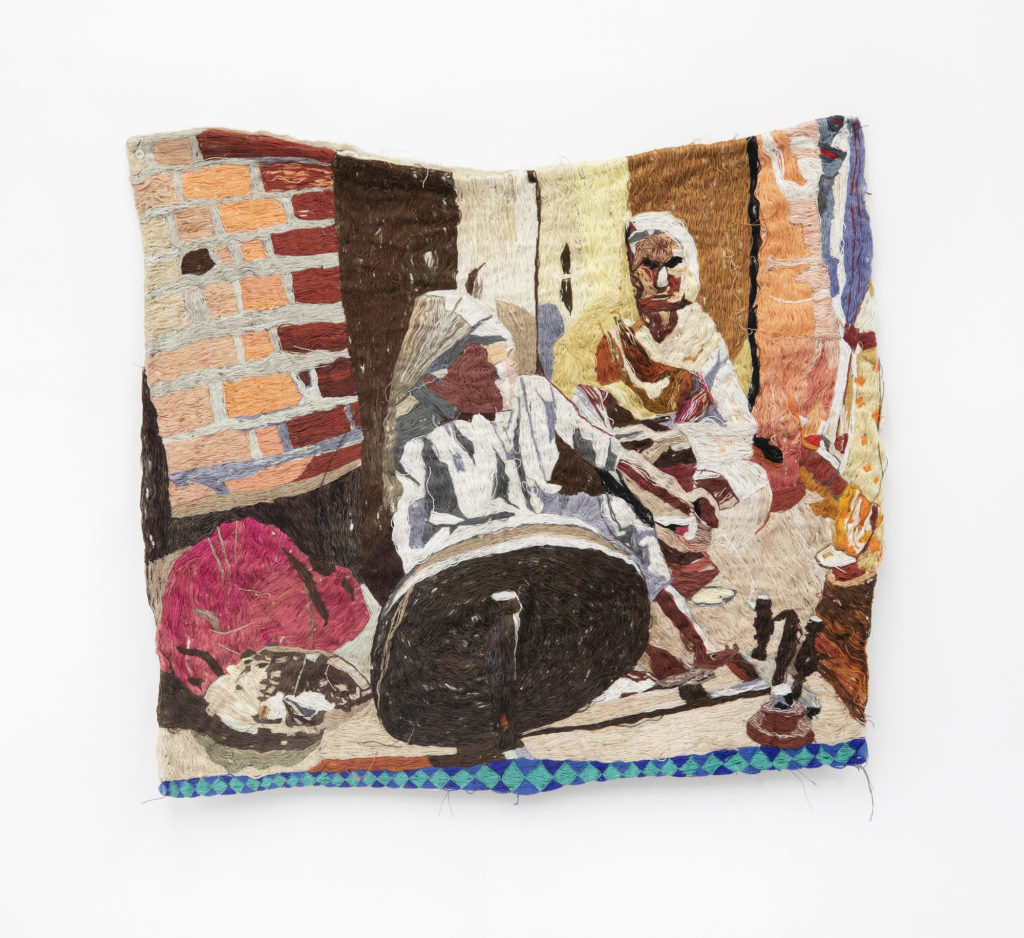
Jagdeep Raina
Remember how my grandmother spun her wooden charkha? Remember how she spun your soft, supple cotton into luxurious thread?
Jagdeep Raina – Remember how my grandmother spun her wooden charkha? Remember how she spun your soft, supple cotton into luxurious thread?, 2020
Embroidered tapestry, phulkari border on muslin
J.Raina0084

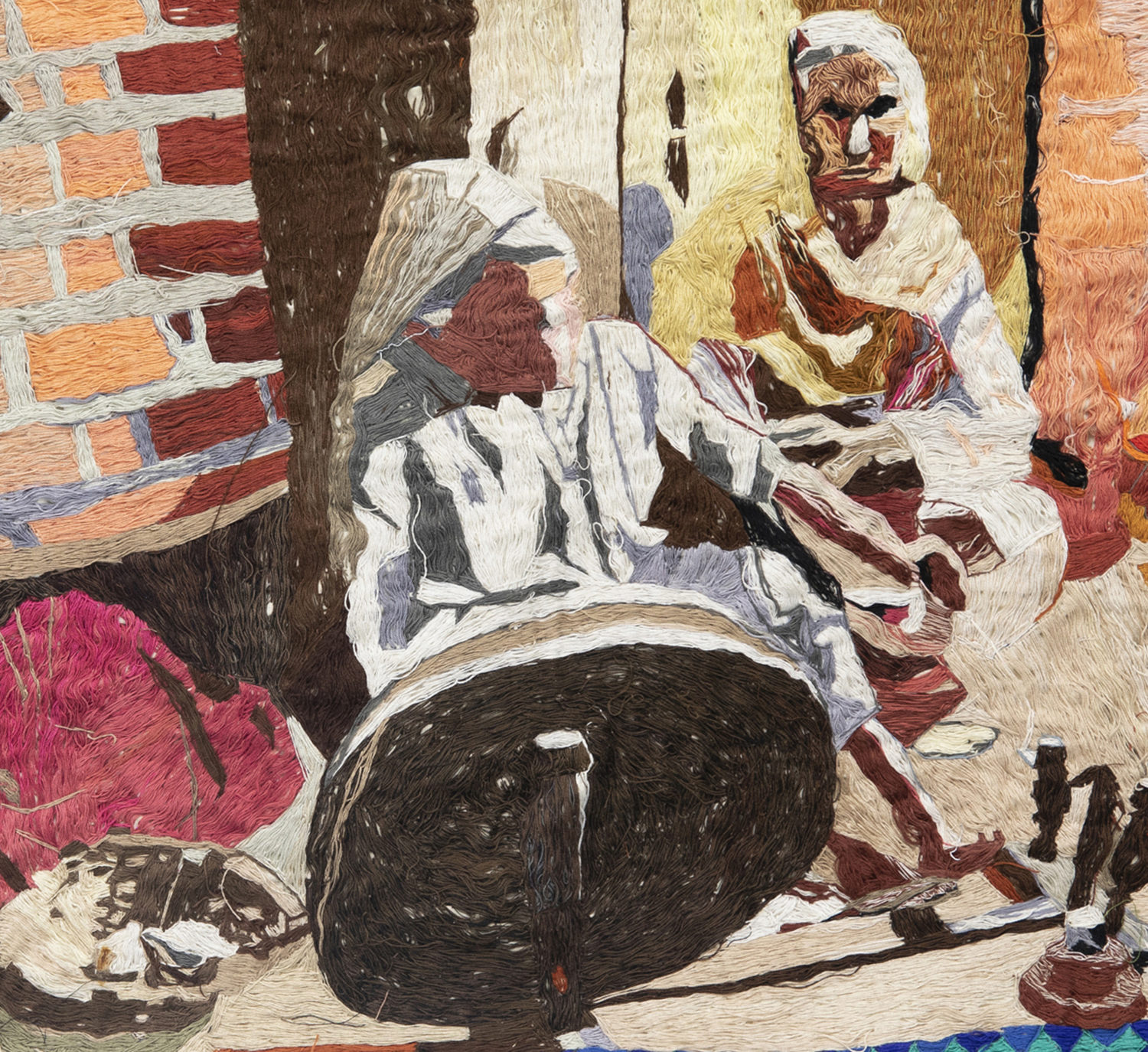
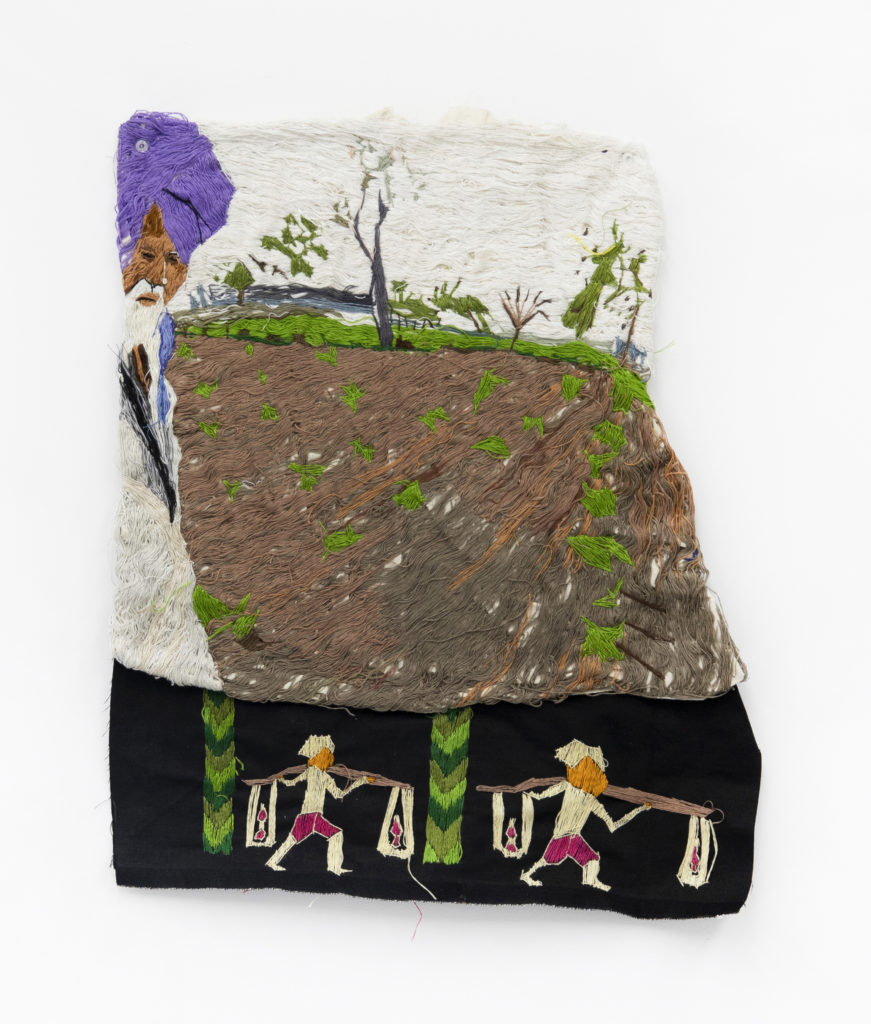
Jagdeep Raina
Gorgeous Farmer
Jagdeep Raina – Gorgeous Farmer, 2020
Embroidered tapestry, phulkari border on muslin
J.Raina0081

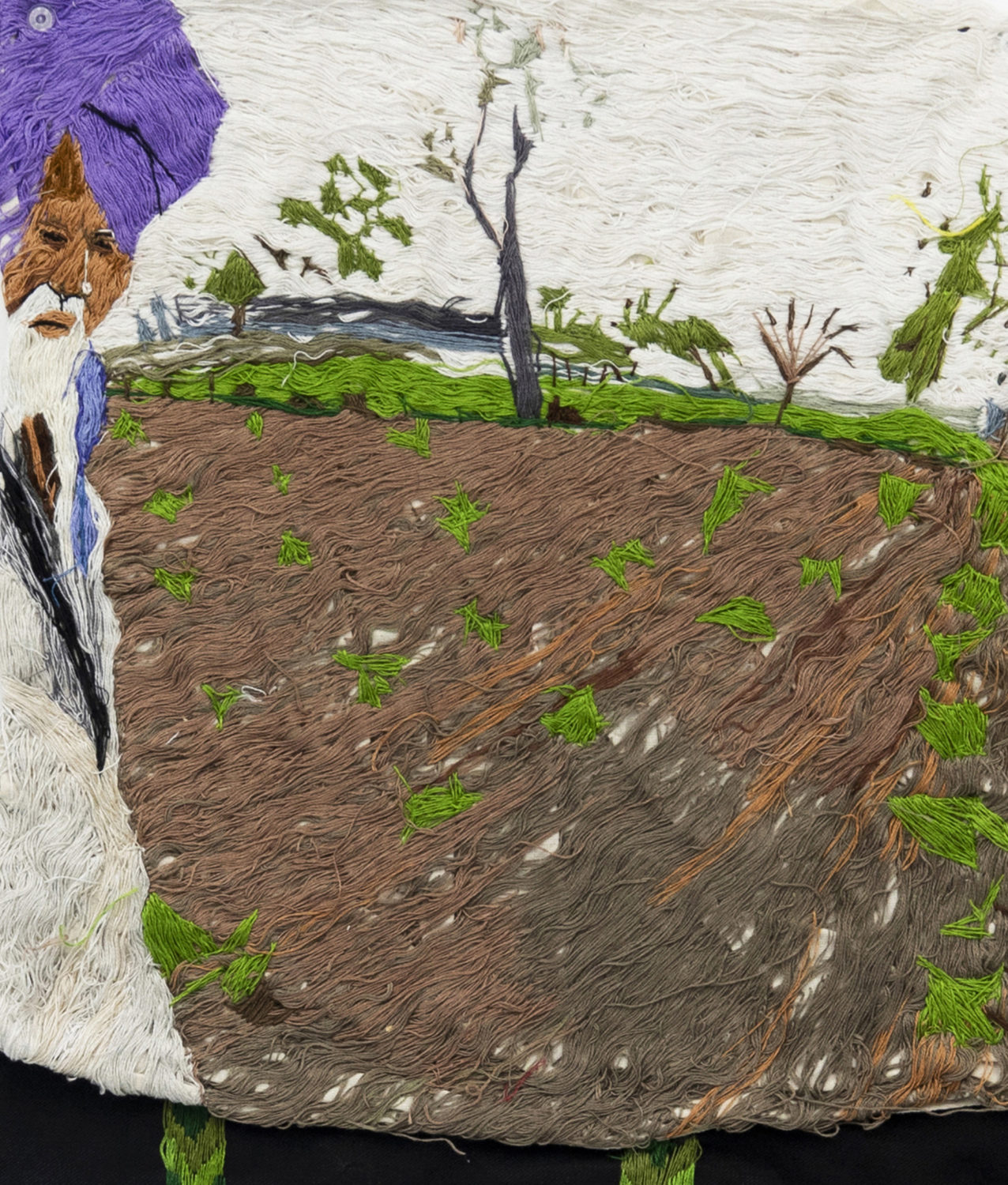
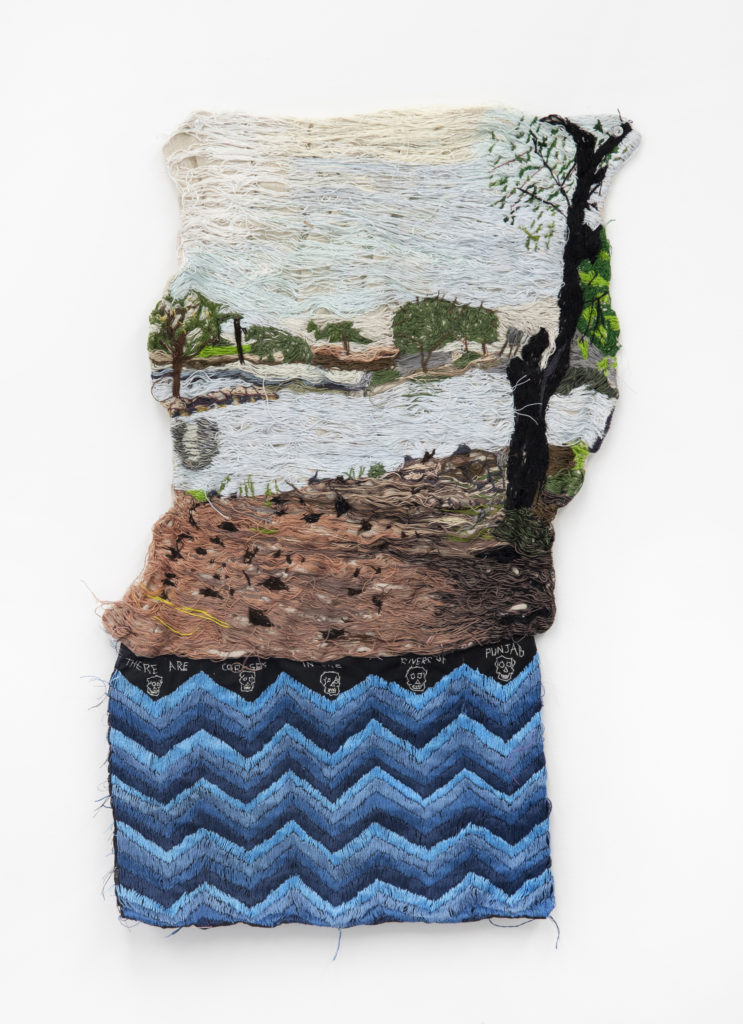
Jagdeep Raina
These are corpses in the rivers of Punjab
Jagdeep Raina – These are corpses in the rivers of Punjab, 2021
Embroidered tapestry, phulkari border on muslin
J.R0254

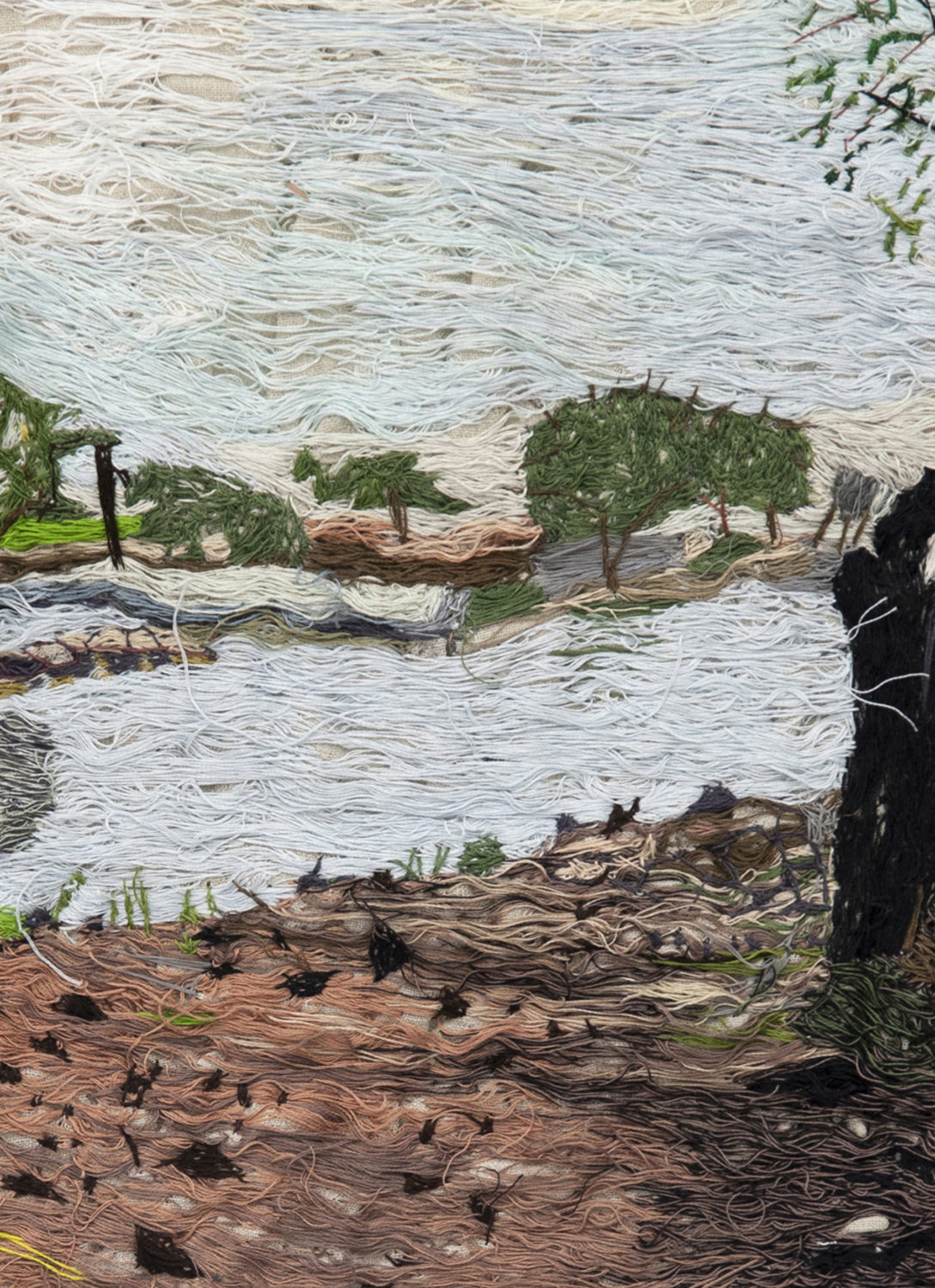
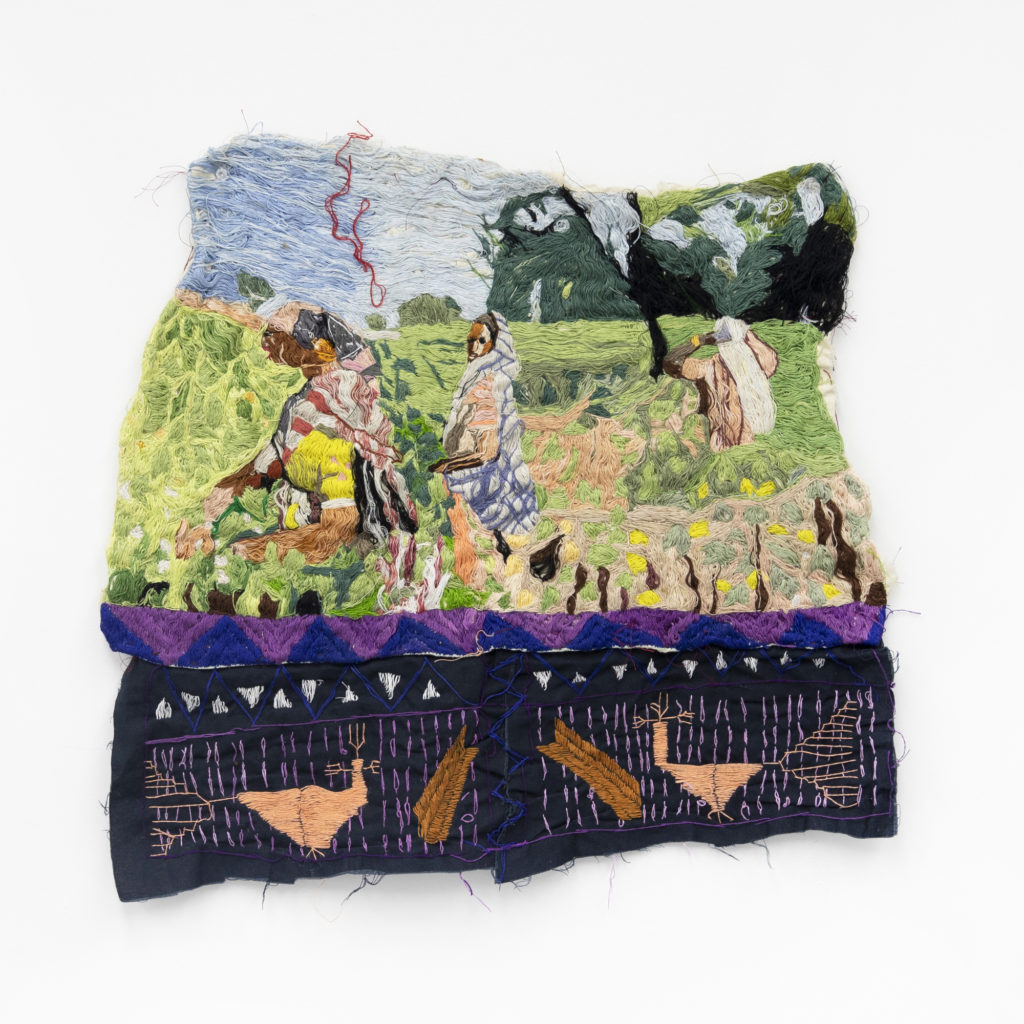
Jagdeep Raina
Let me taste purple silk monsoons in these Bathinda fields
Jagdeep Raina – Let me taste purple silk monsoons in these Bathinda fields, 2020
Embroidered tapestry, sainchi phulkari border on muslin
J.Raina0083

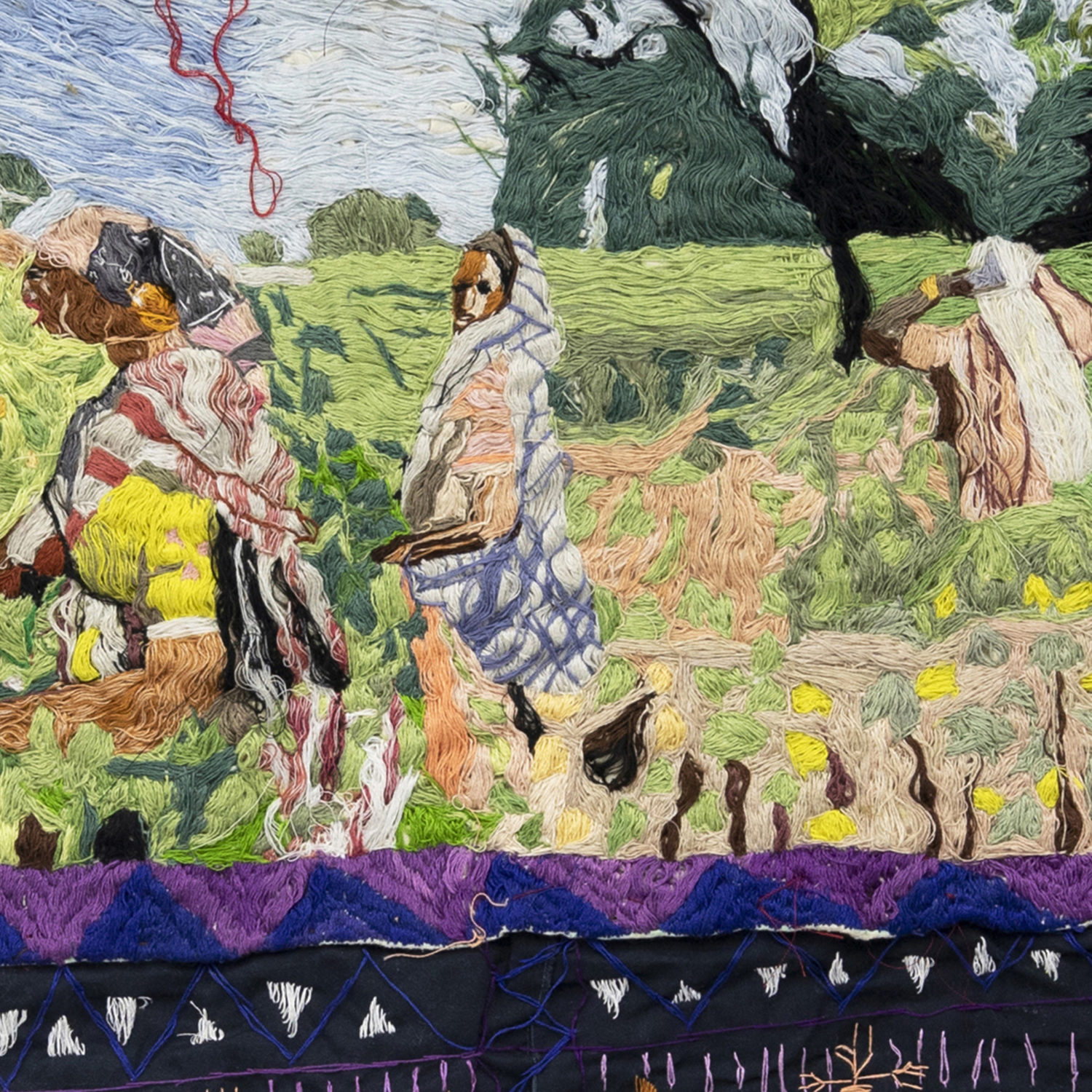
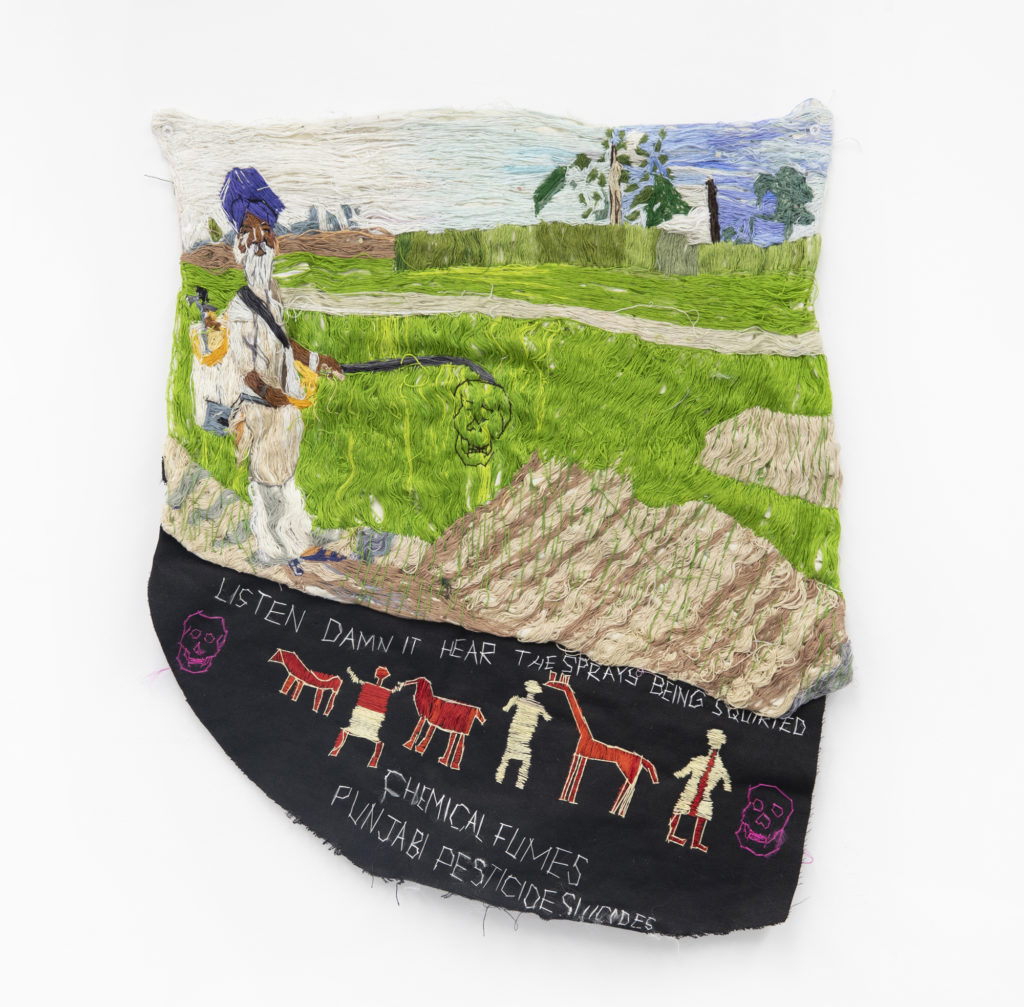
Jagdeep Raina
Punjabi Pesticide Suicides
Jagdeep Raina – Punjabi Pesticide Suicides, 2022
Embroidered tapestry, phulkari border on muslin
J.R0255

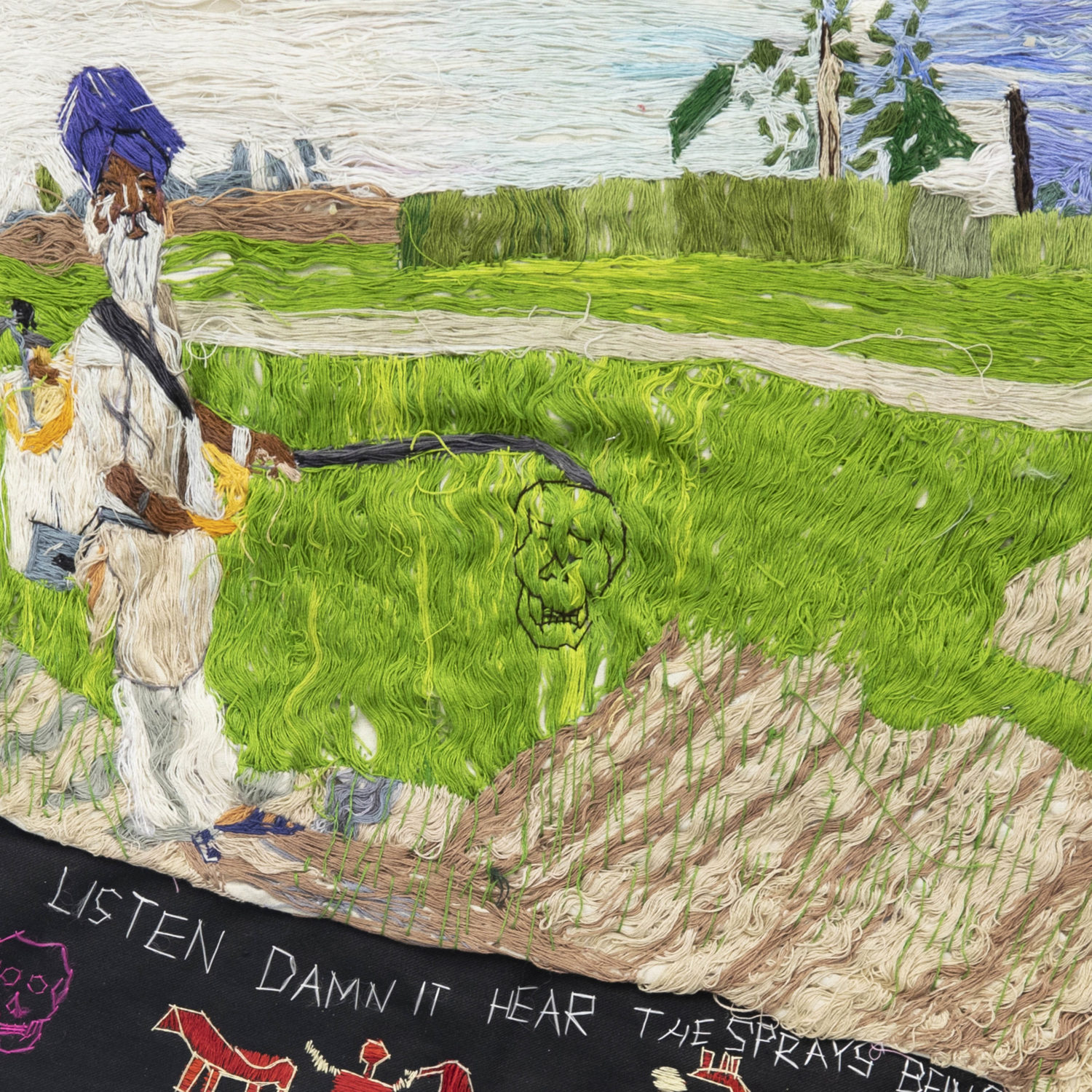
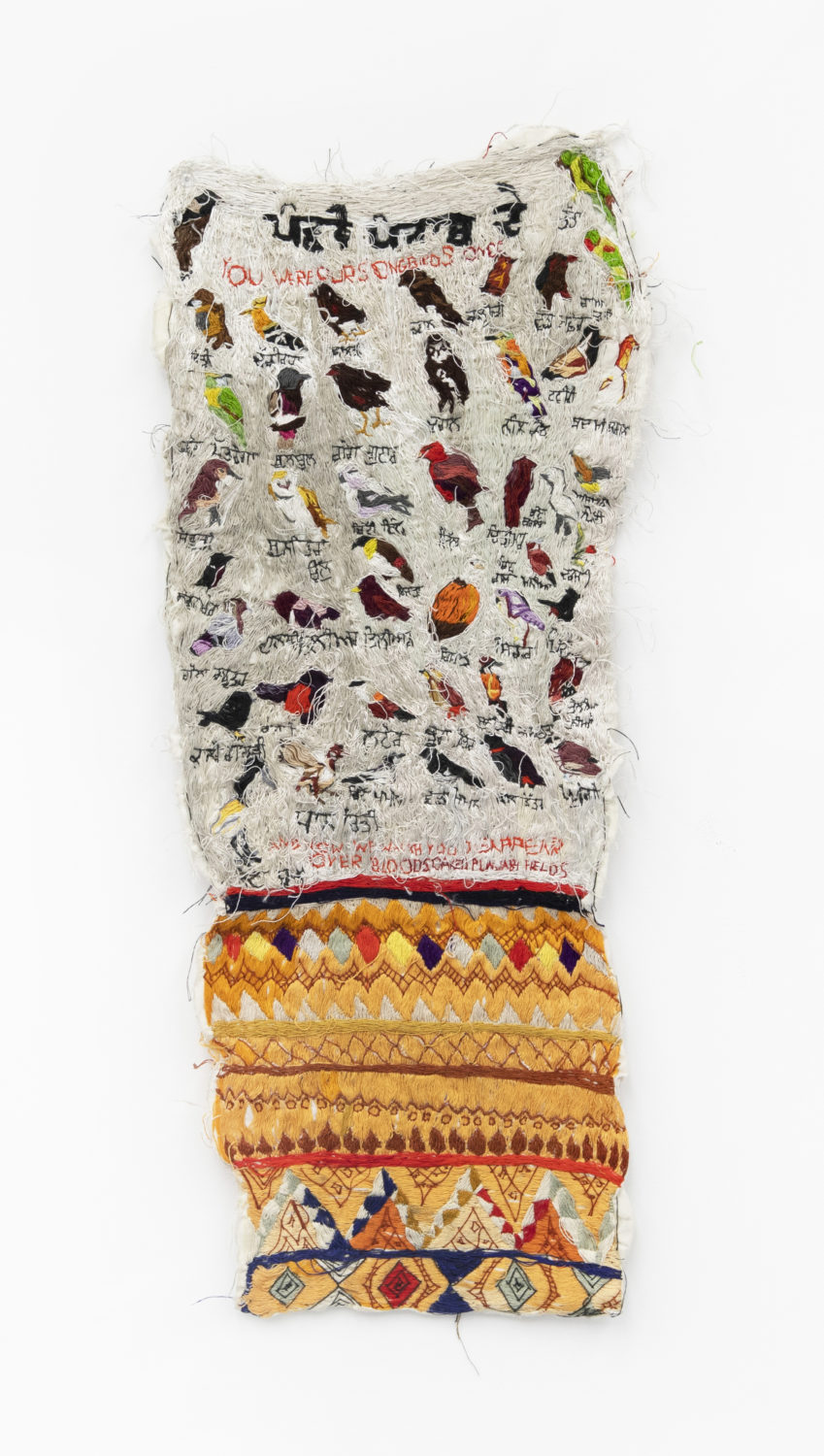
Jagdeep Raina
Moon Garden Punjabi Birds
Jagdeep Raina – Moon Garden Punjabi Birds, 2020
Embroidered tapestry, phulkari border on muslin
J.Raina0082

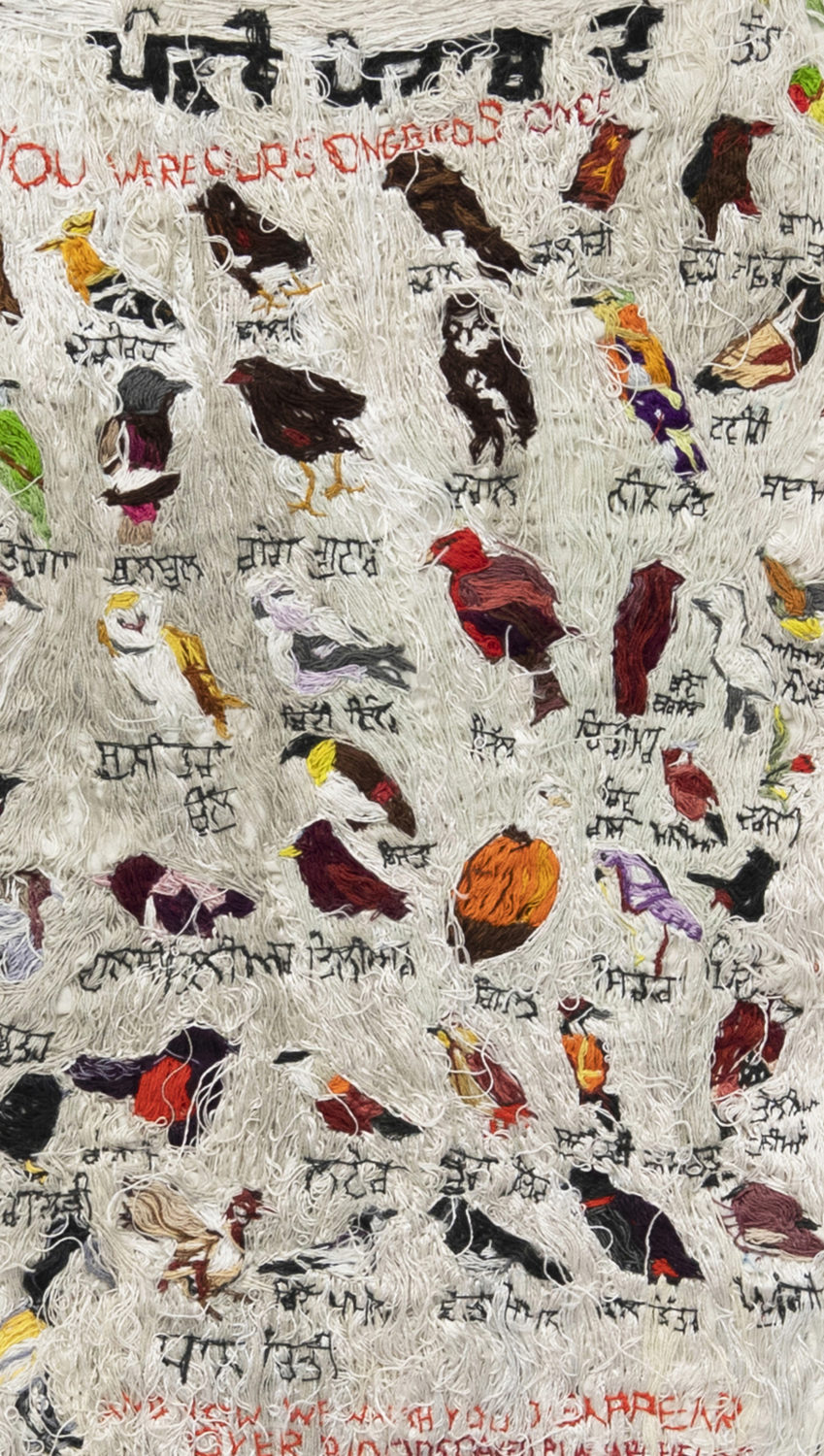
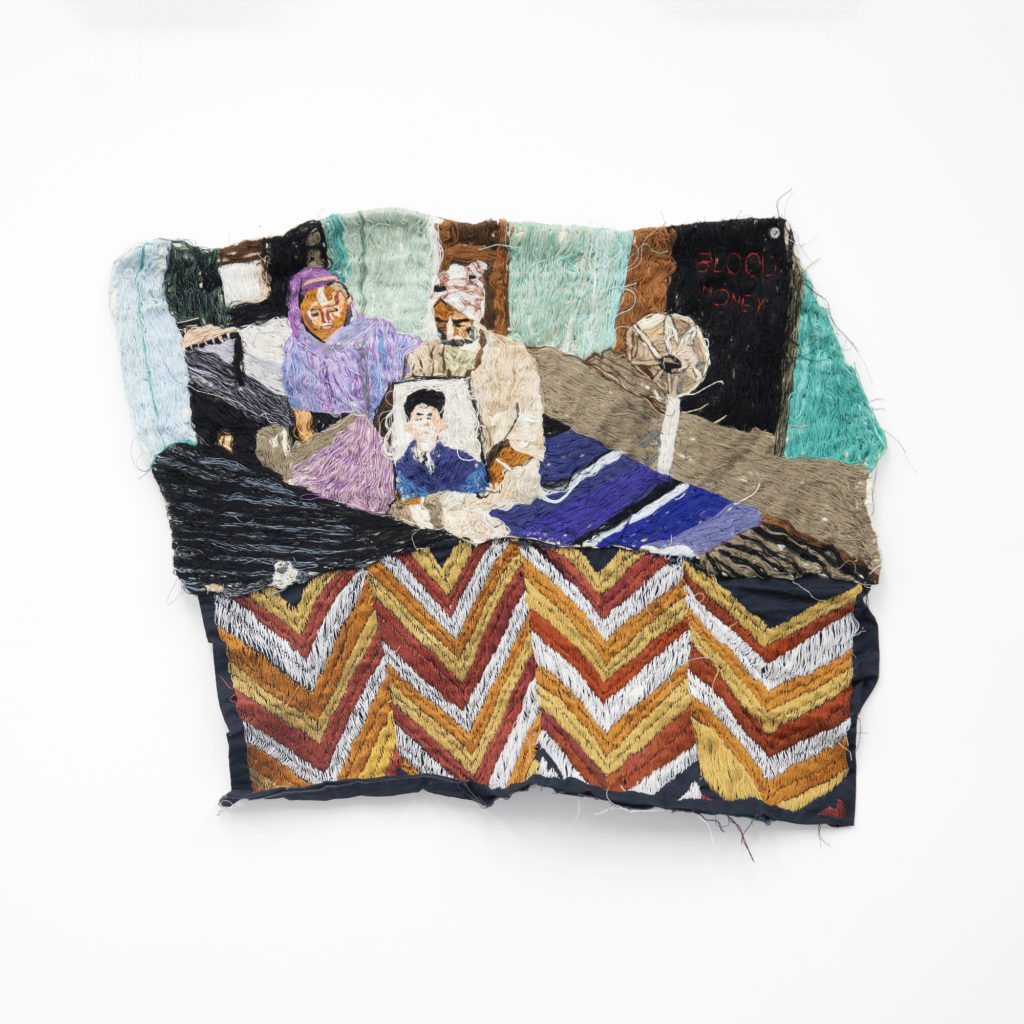
Jagdeep Raina
Blood Money
Jagdeep Raina – Blood Money, 2020
Embroidered tapestry, phulkari border on muslin
J.Raina0078

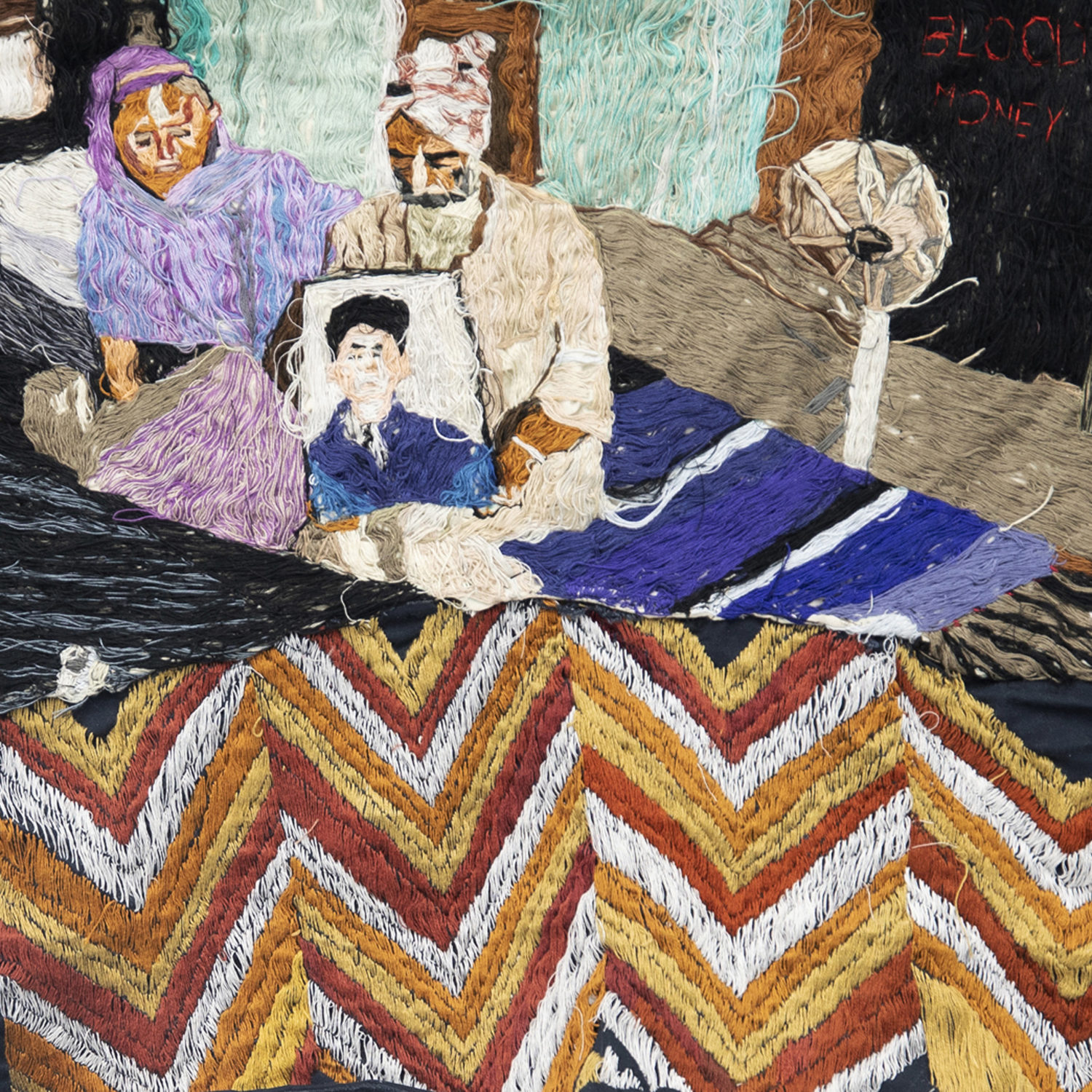
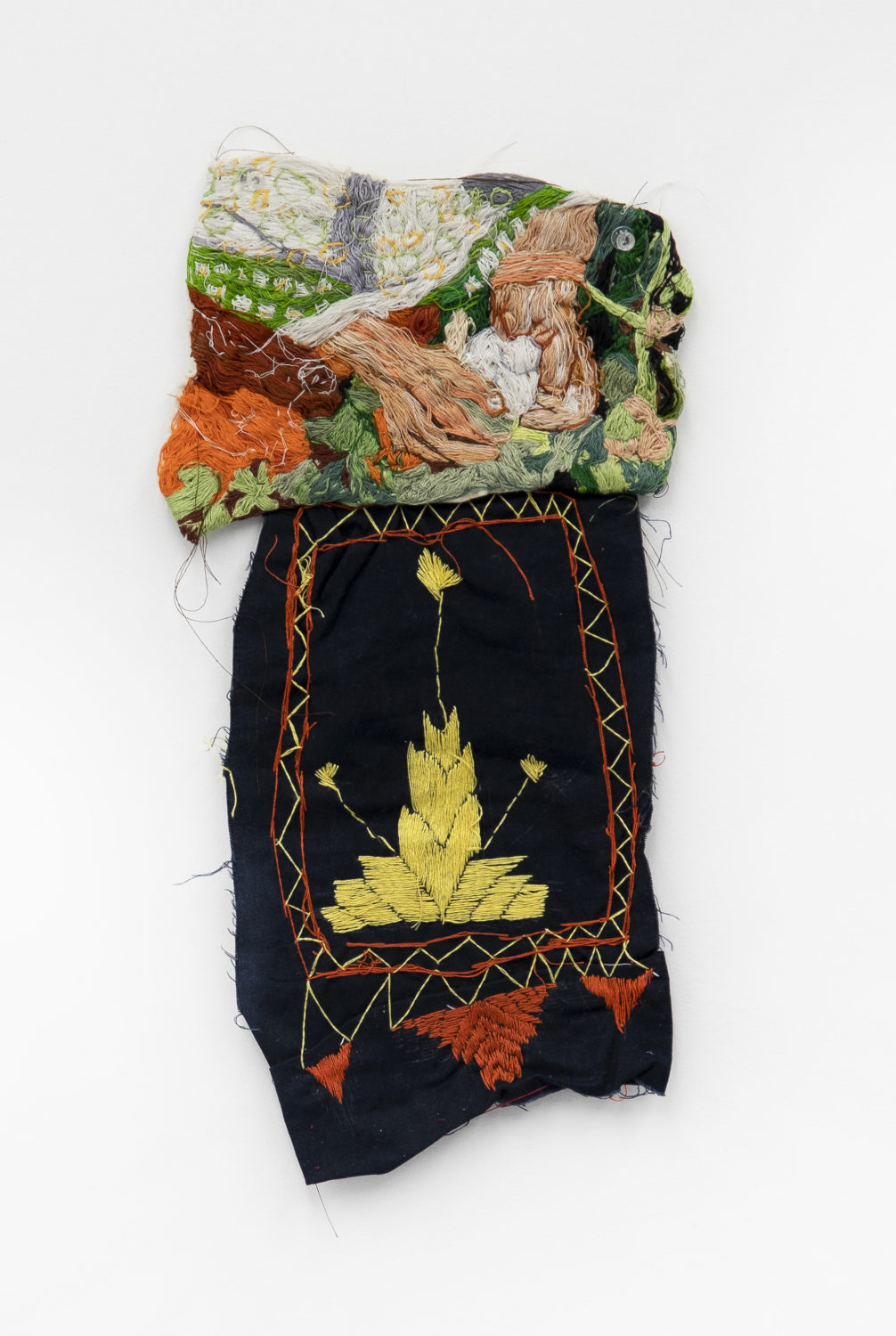
Jagdeep Raina
Chemical cotton hands
Jagdeep Raina – Chemical cotton hands, 2020
Embroidered tapestry, phulkari border on muslin
J.Raina0079

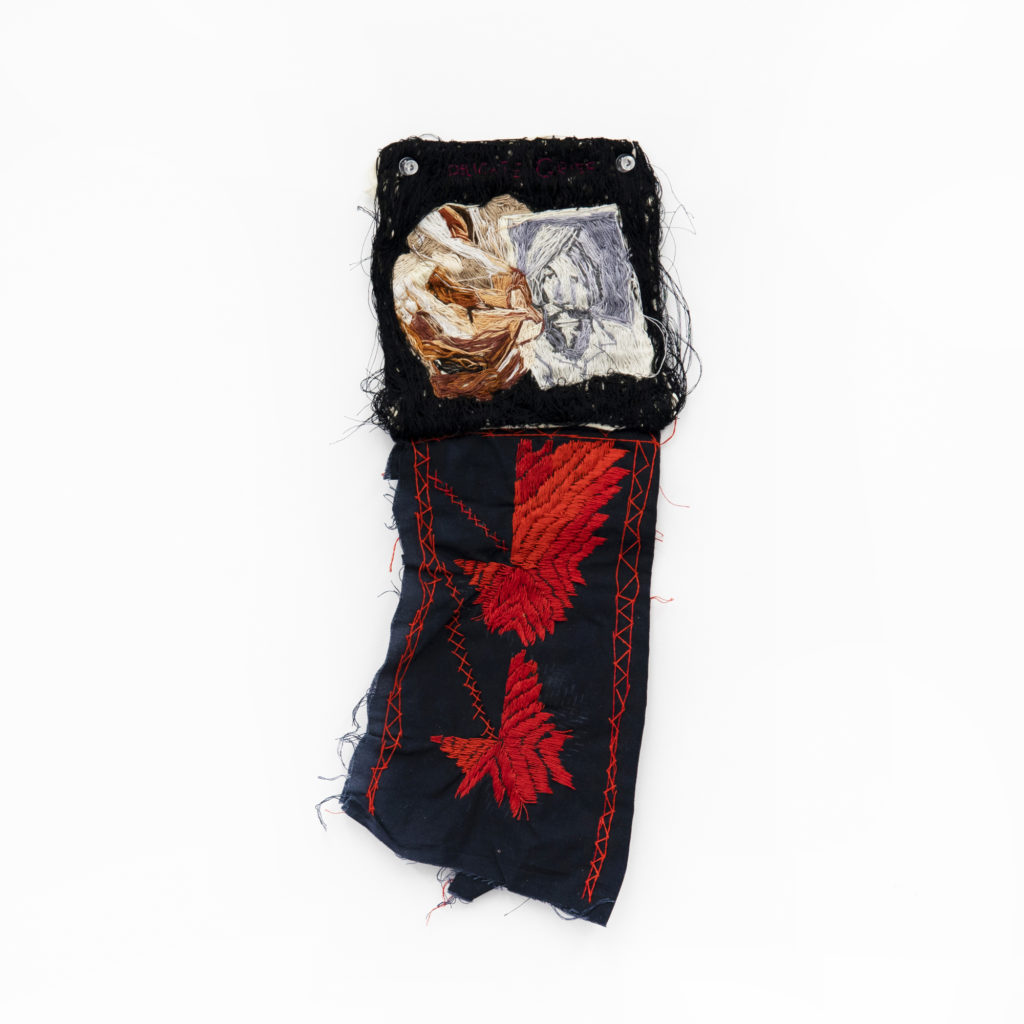
Jagdeep Raina
Delicate Grief
Jagdeep Raina – Delicate Grief, 2020
Embroidered tapestry, phulkari border on muslin
J.Raina0080

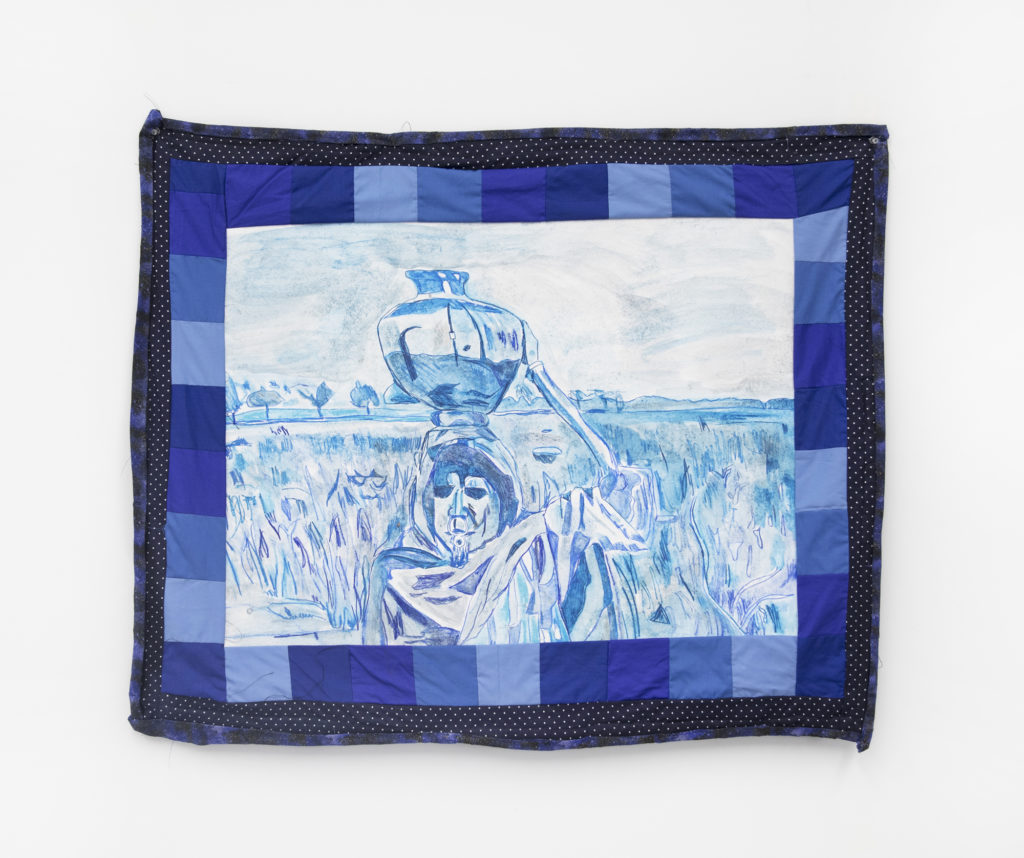
Jagdeep Raina
Spirit in The Village Fields
Jagdeep Raina – Spirit in The Village Fields, 2022
Mixed media on paper, sewn with bordered fabric, batted, basted, binded into a quilt
J.R0243

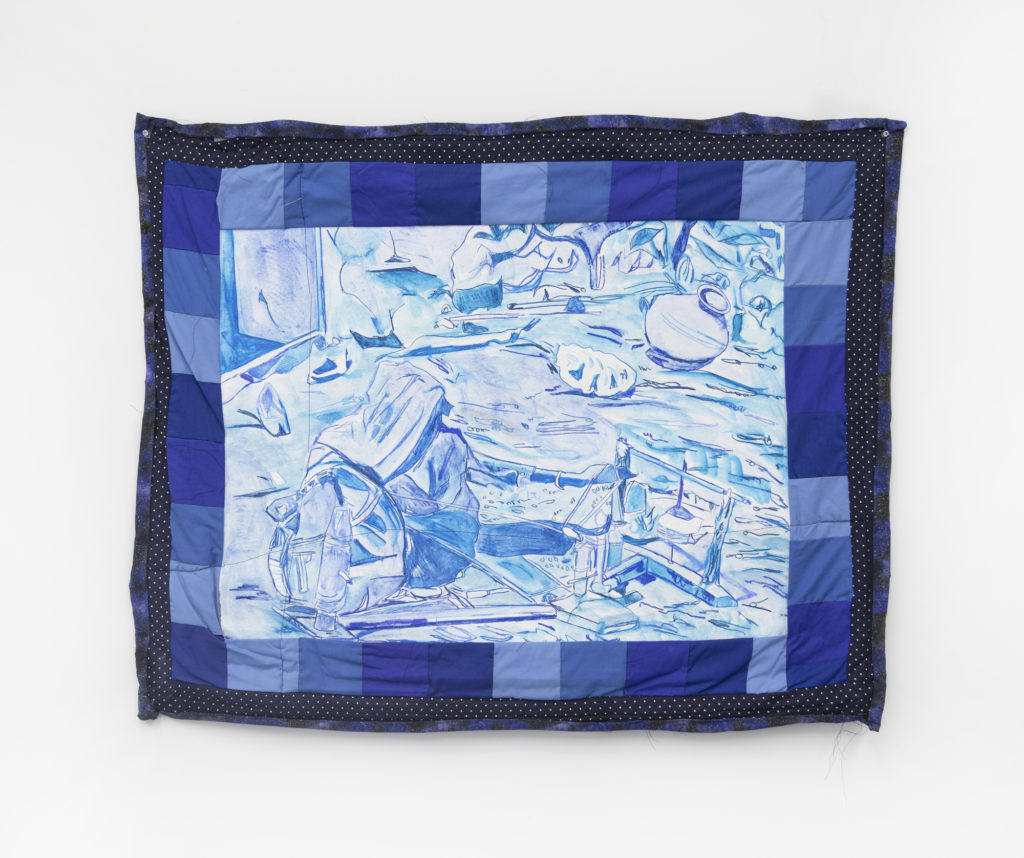
Jagdeep Raina
The only sound left
Jagdeep Raina – The only sound left, 2022
Mixed media on paper, sewn with bordered fabric, batted, basted, binded into a quilt
J.R0247

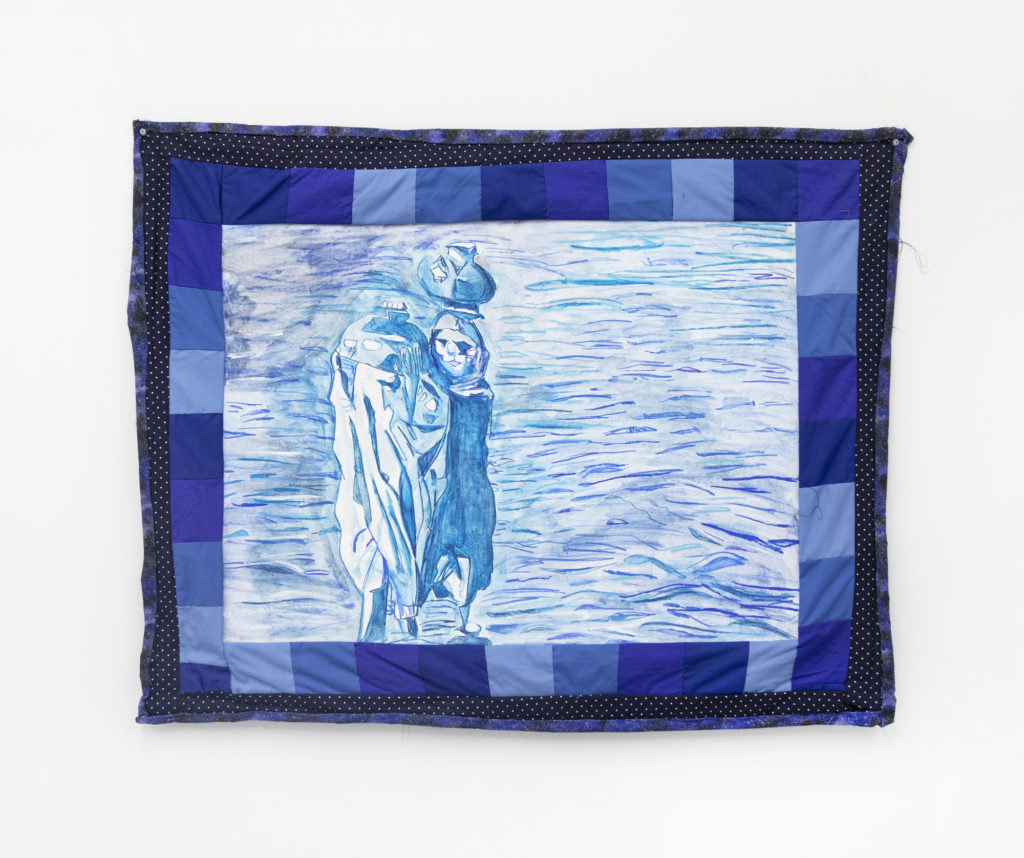
Jagdeep Raina
River Lovers
Jagdeep Raina – River Lovers, 2022
Mixed media on paper, sewn with bordered fabric, batted, basted, binded into a quilt
J.R2042

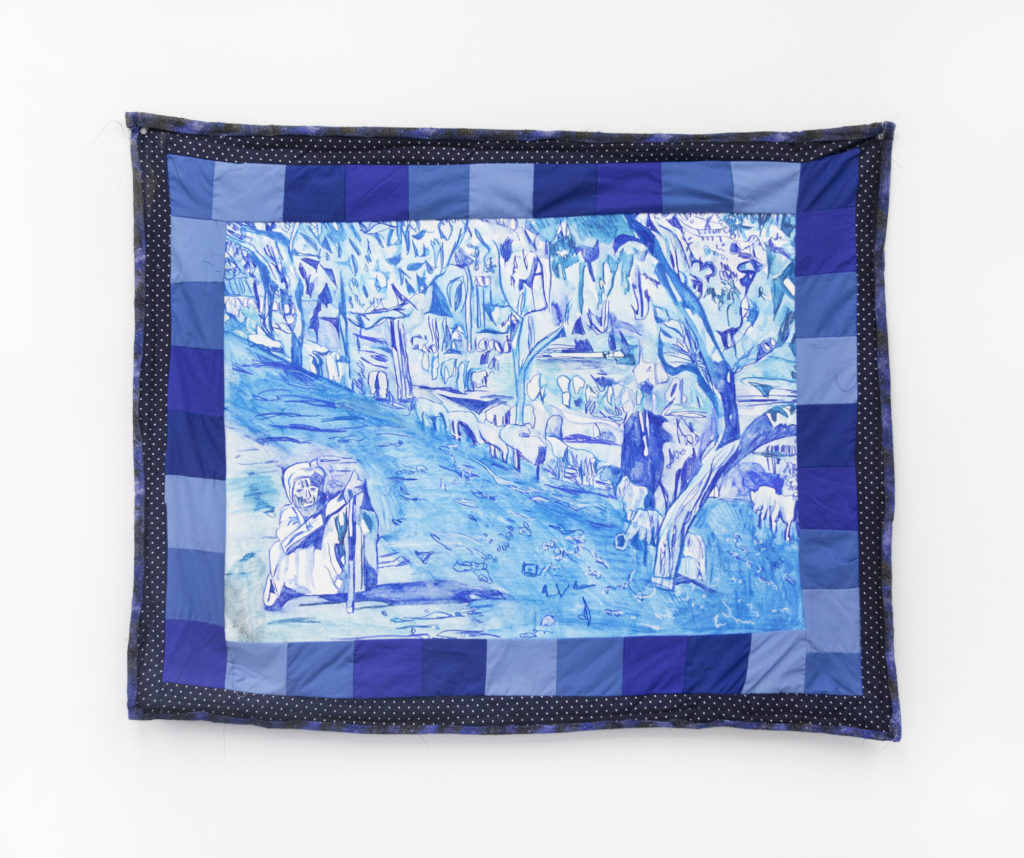
Jagdeep Raina
Those old roads
Jagdeep Raina – Those old roads, 2022
Mixed media on paper, sewn with bordered fabric, batted, basted, binded into a quilt
J.R0246

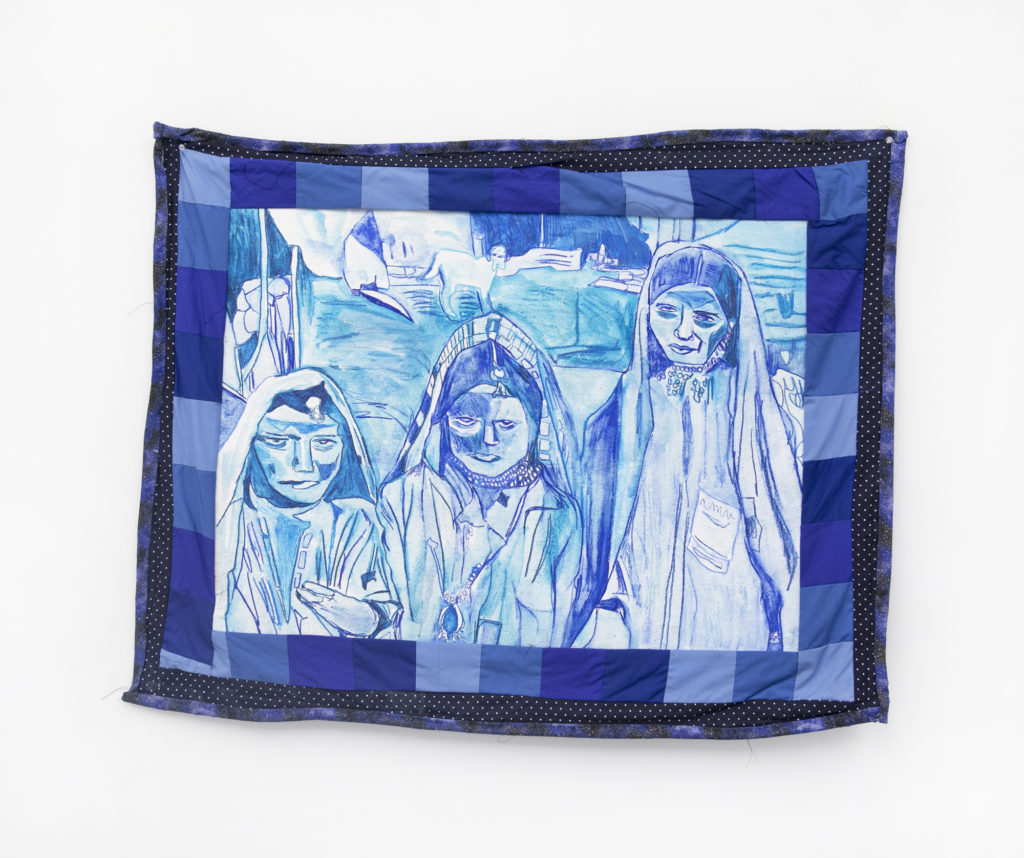
Jagdeep Raina
Say hello when you see me
Jagdeep Raina – Say hello when you see me, 2022
Mixed media on paper, sewn with bordered fabric, batted, basted, binded into a quilt
J.R0245


Jagdeep Raina
When i became immortal by the clay stove
Jagdeep Raina – When i became immortal by the clay stove, 2022
Mixed media on paper, sewn with bordered fabric, batted, basted, binded into a quilt
J.R0244
